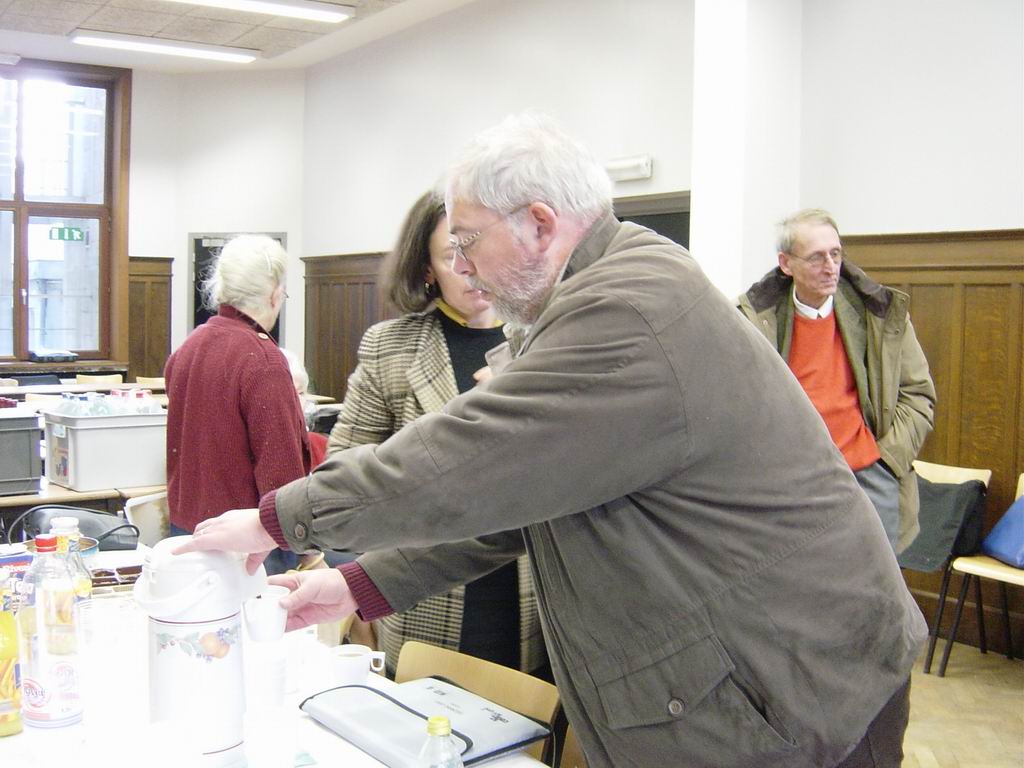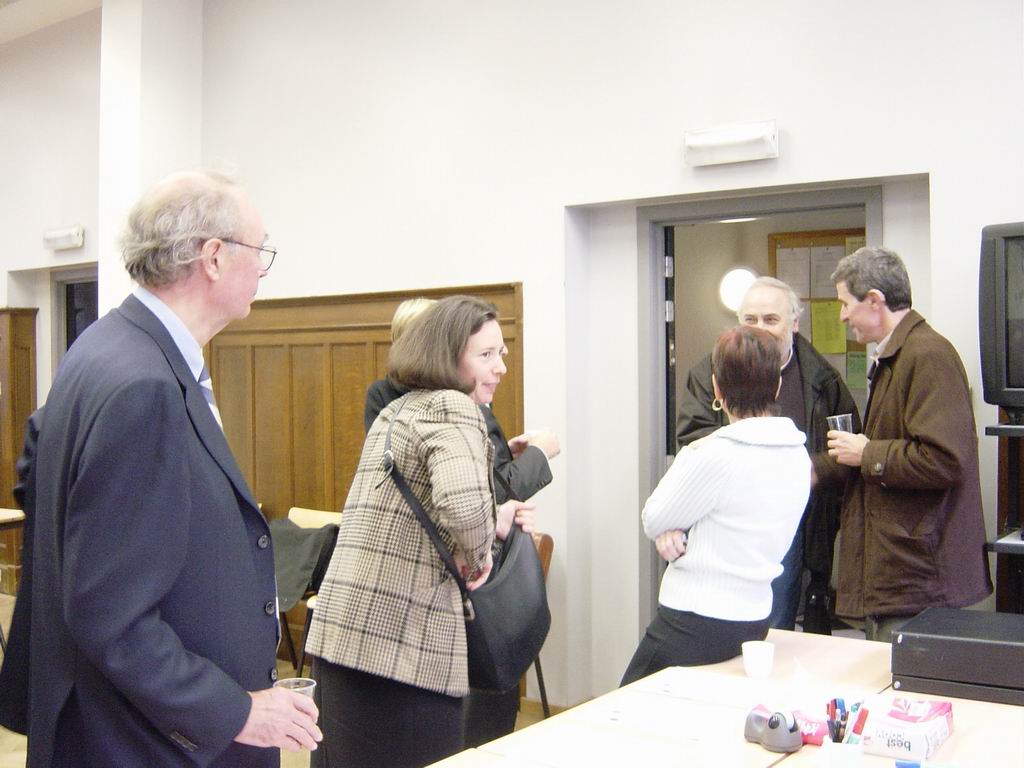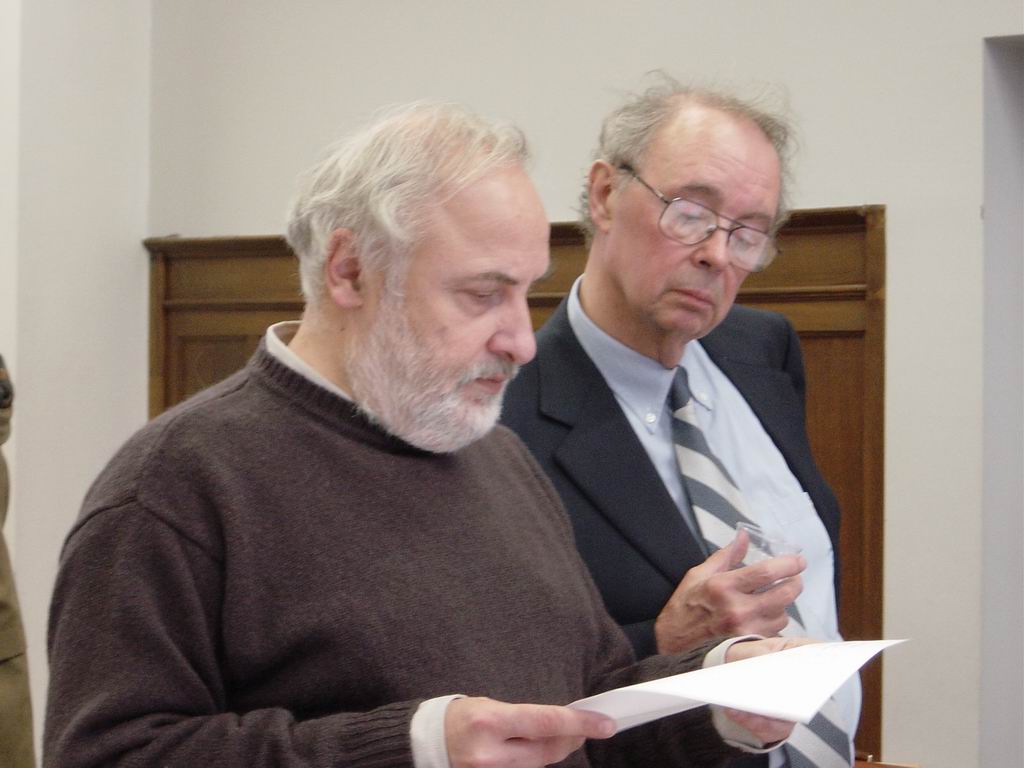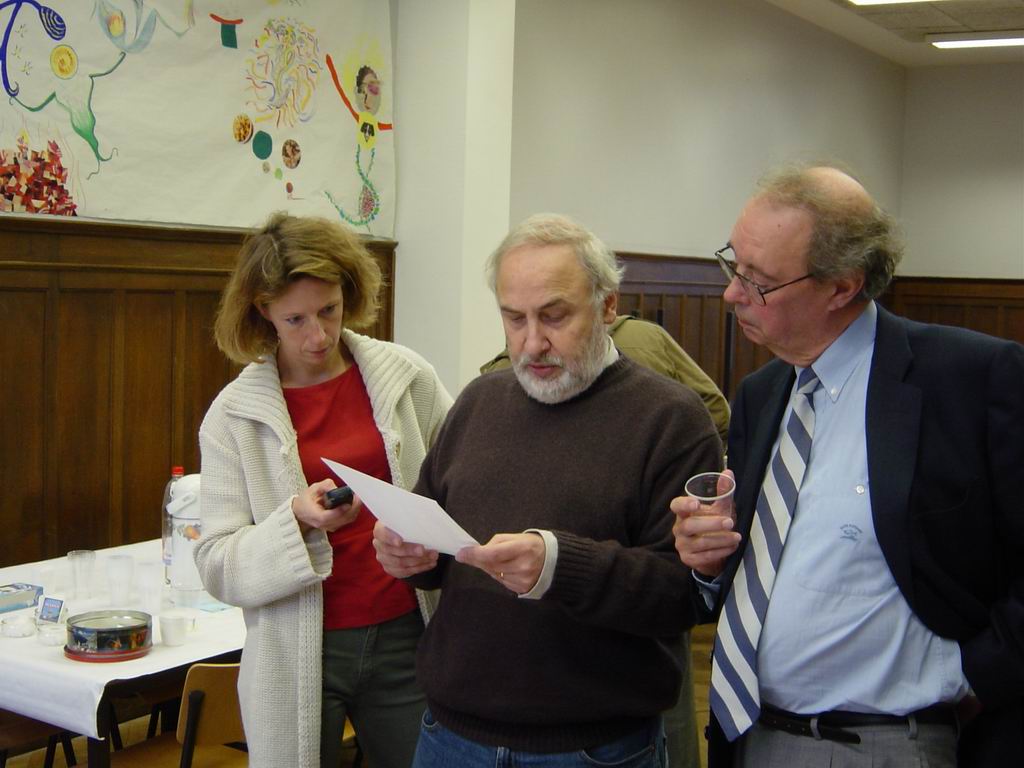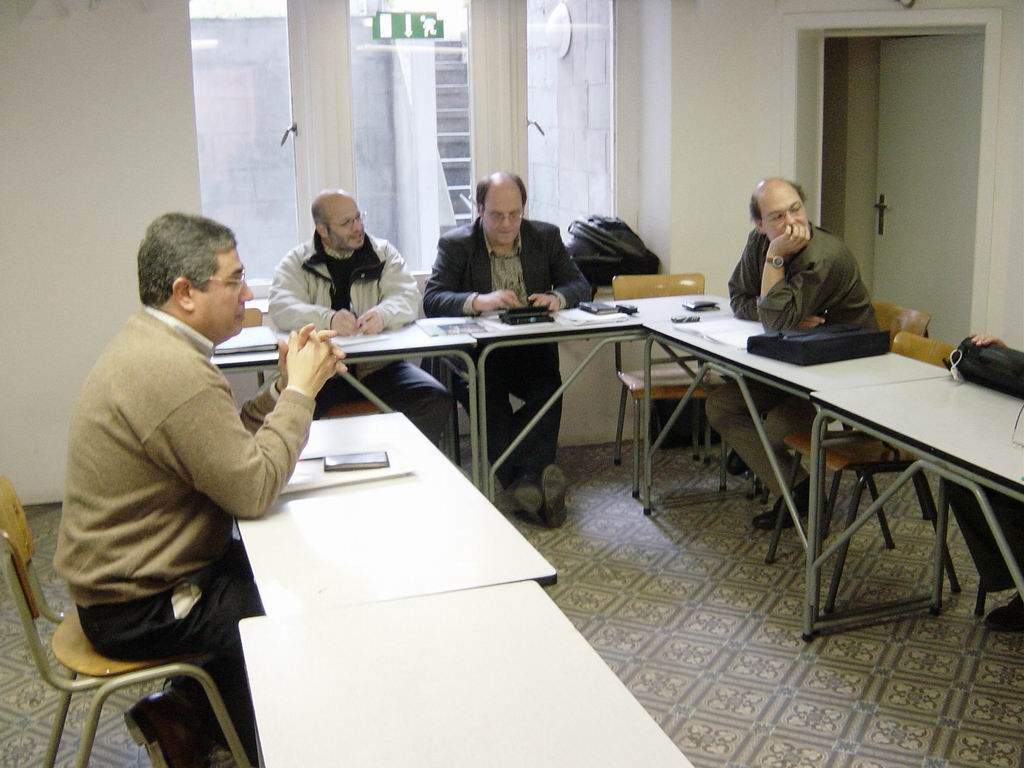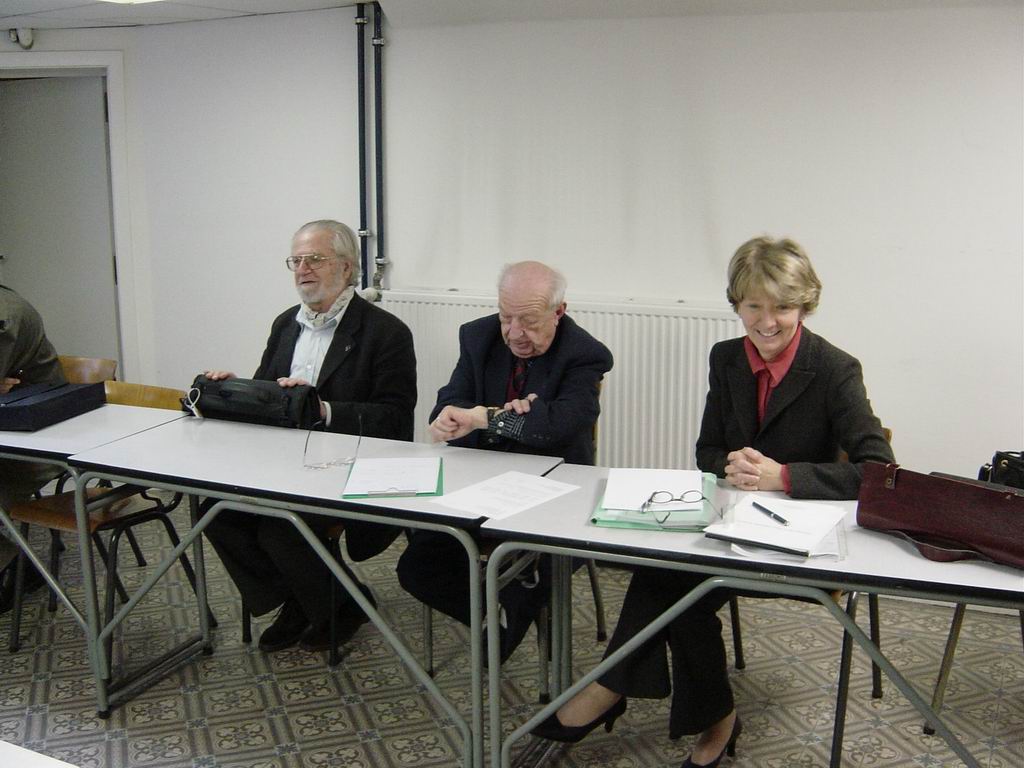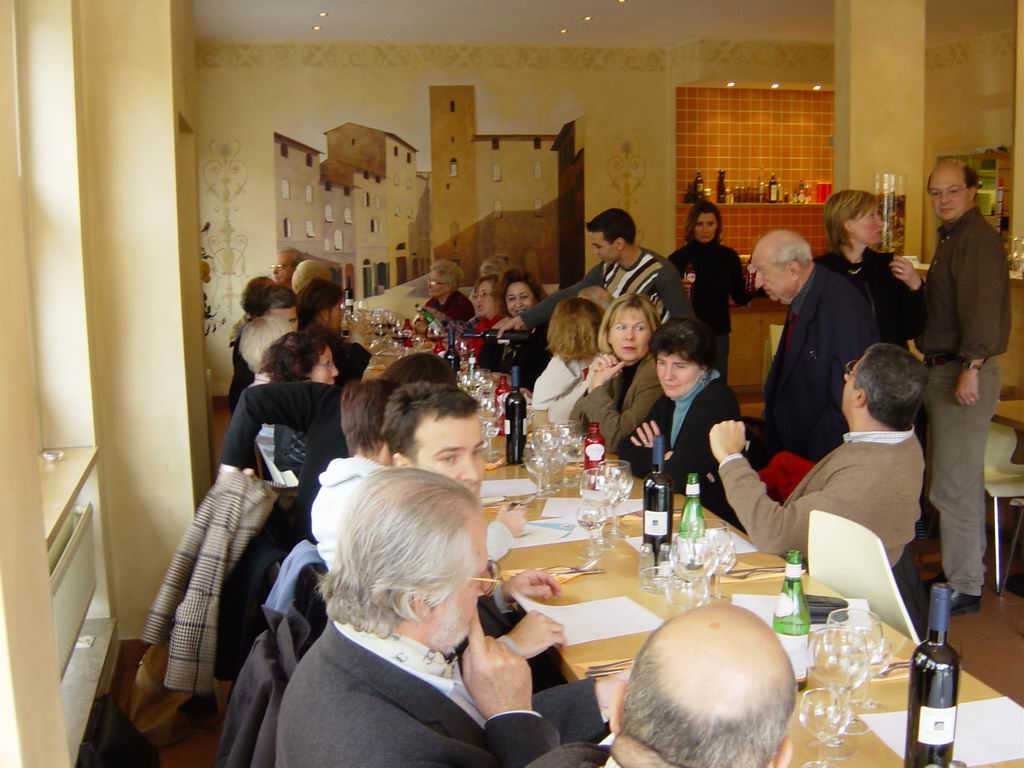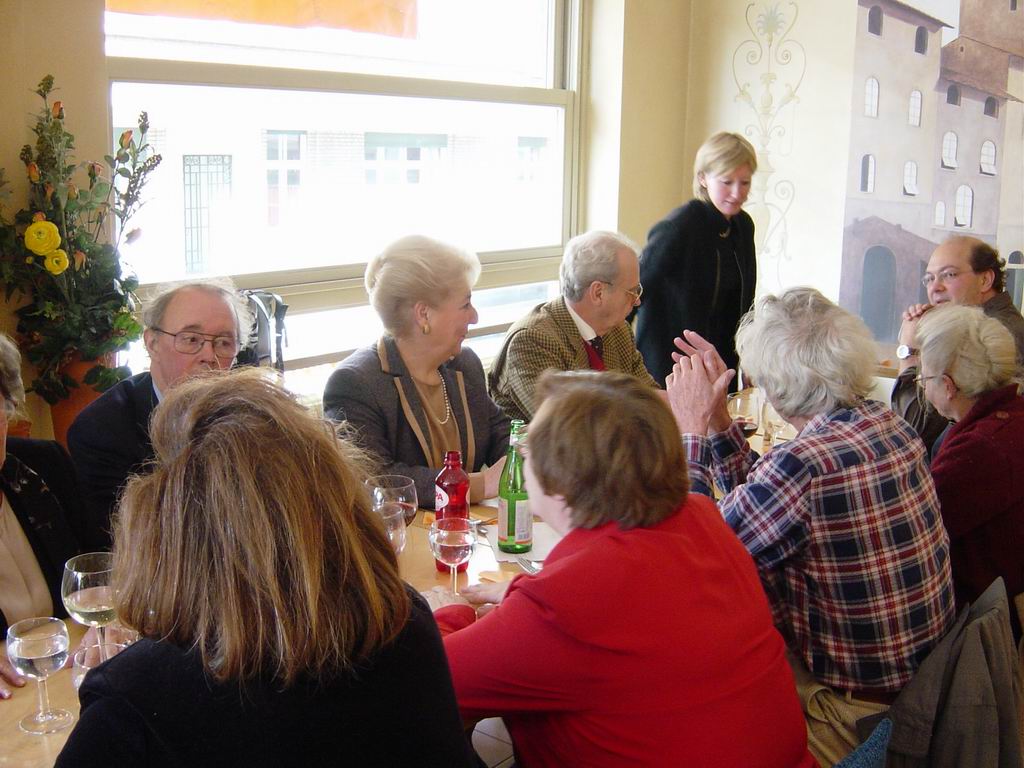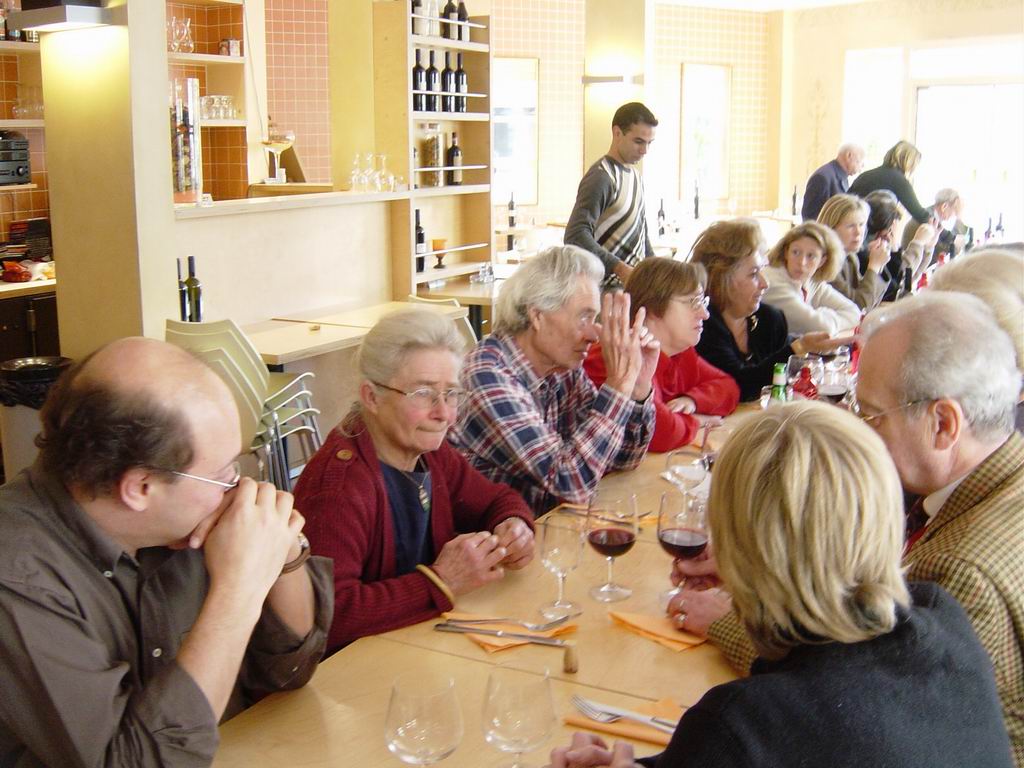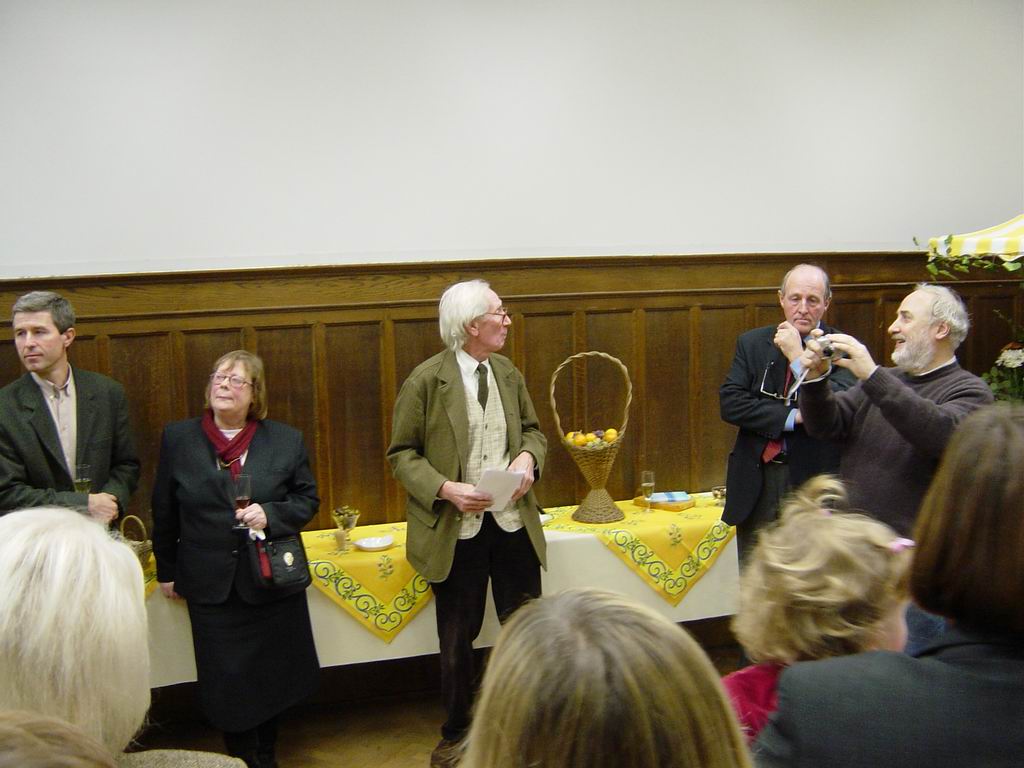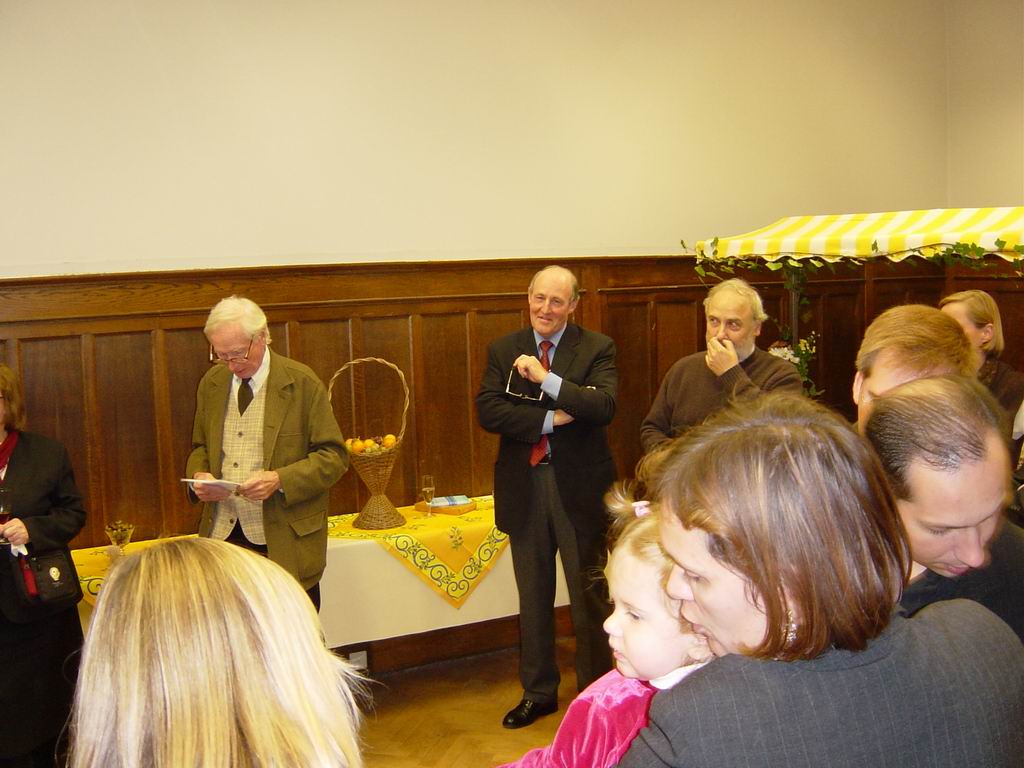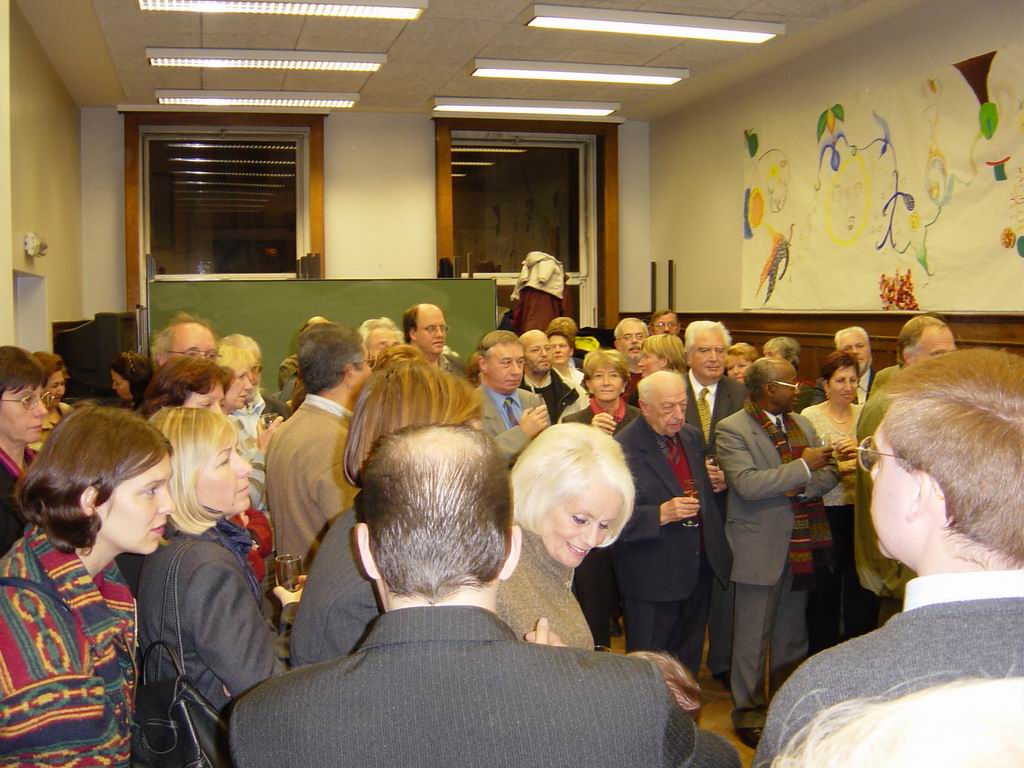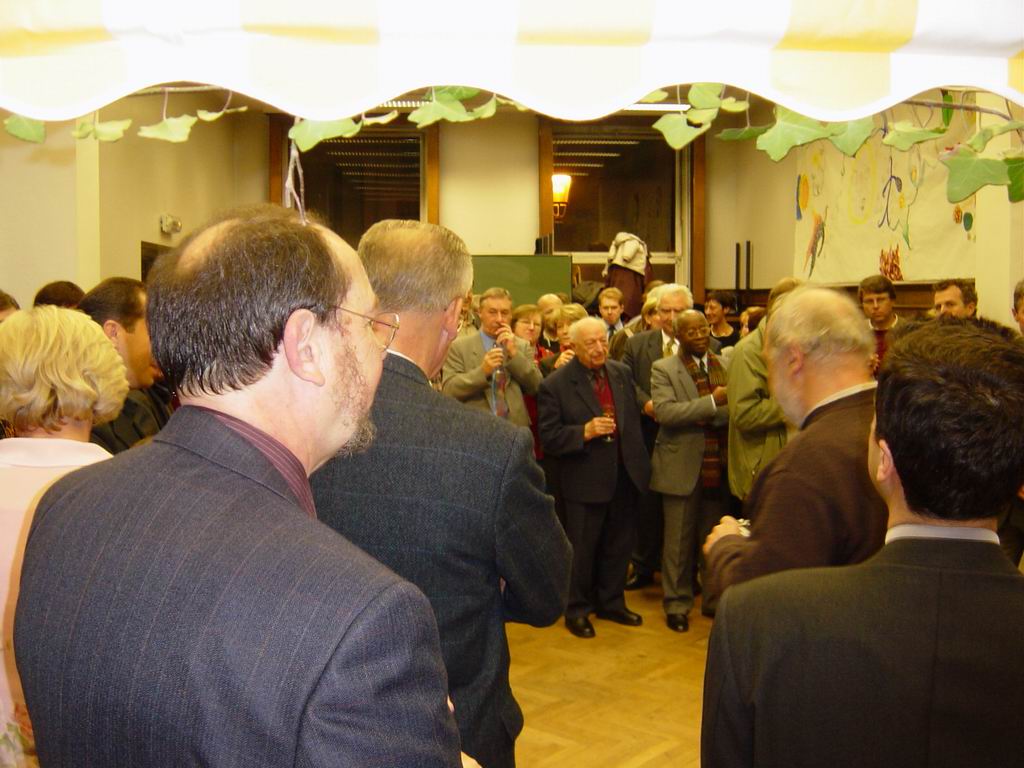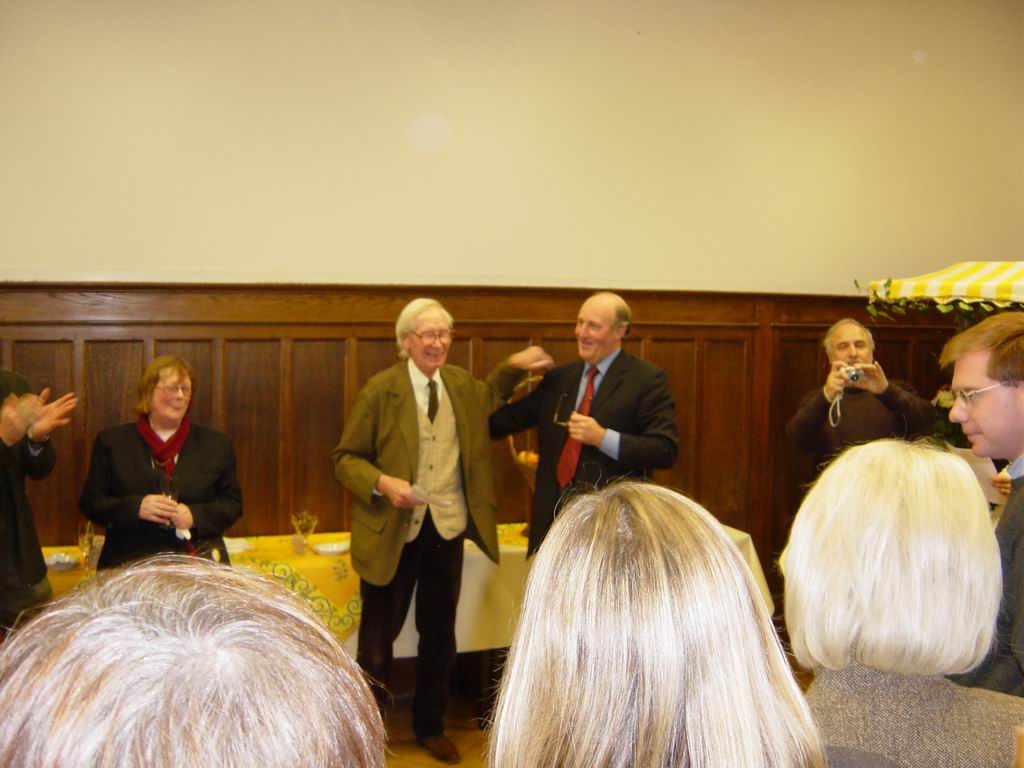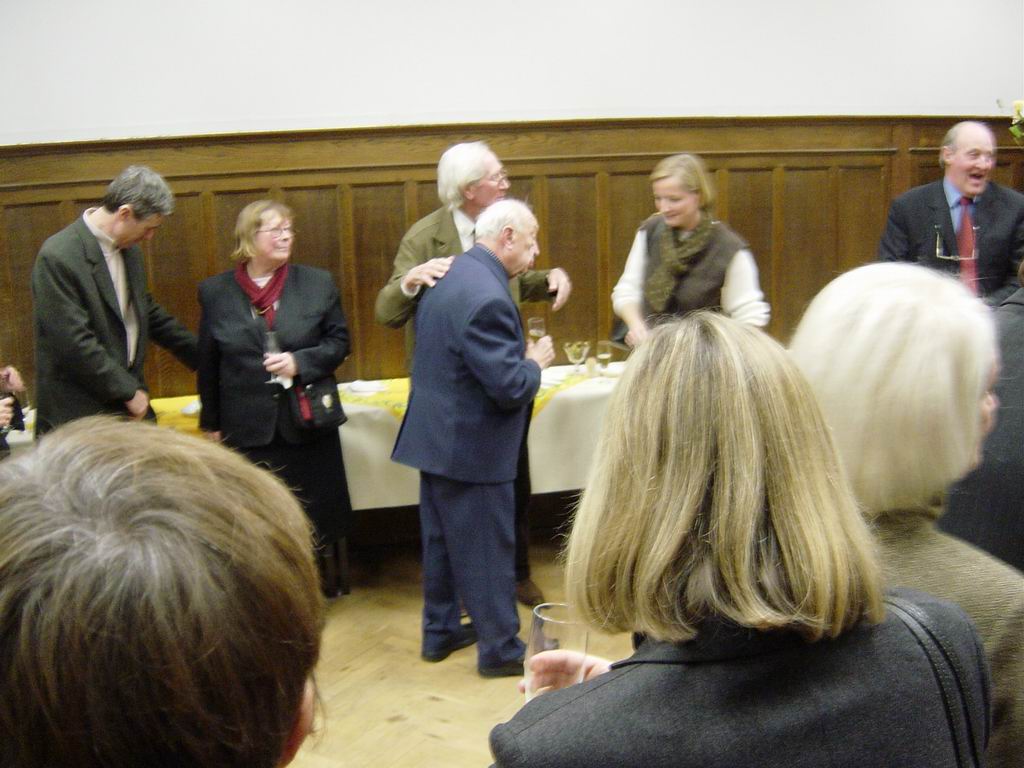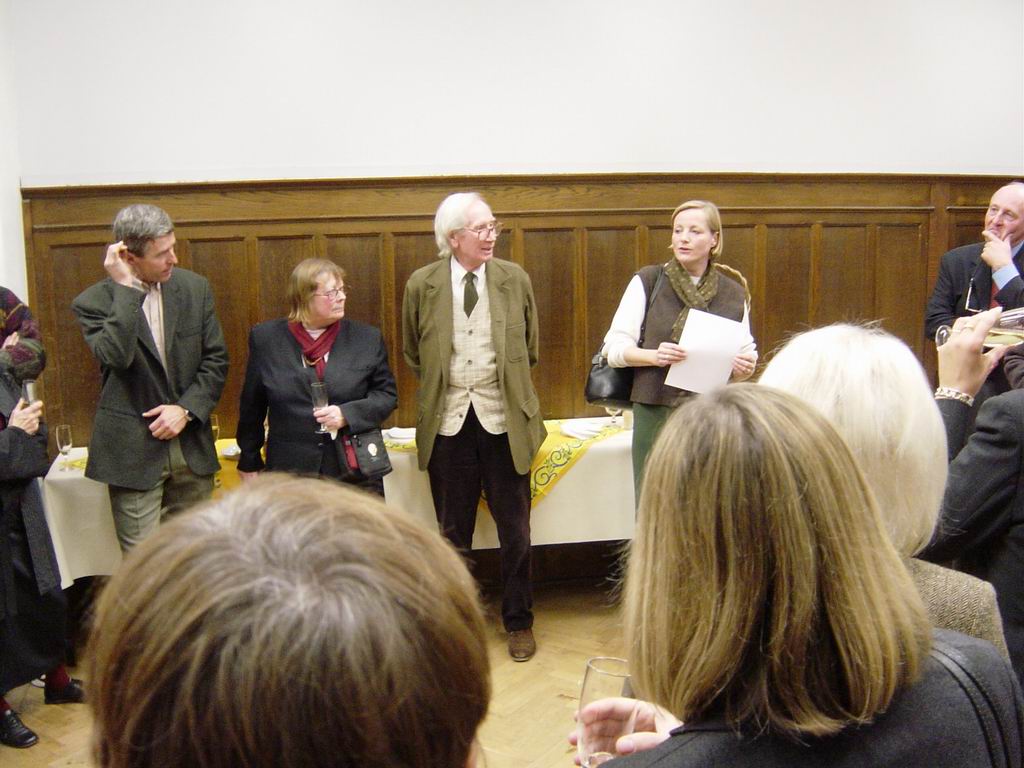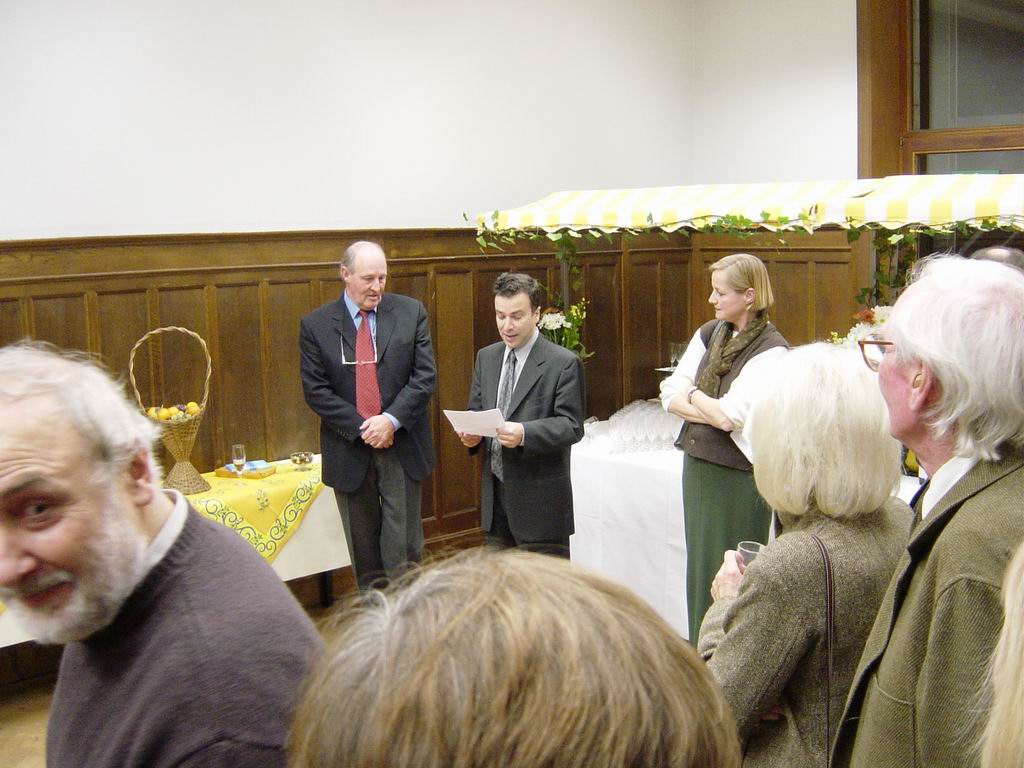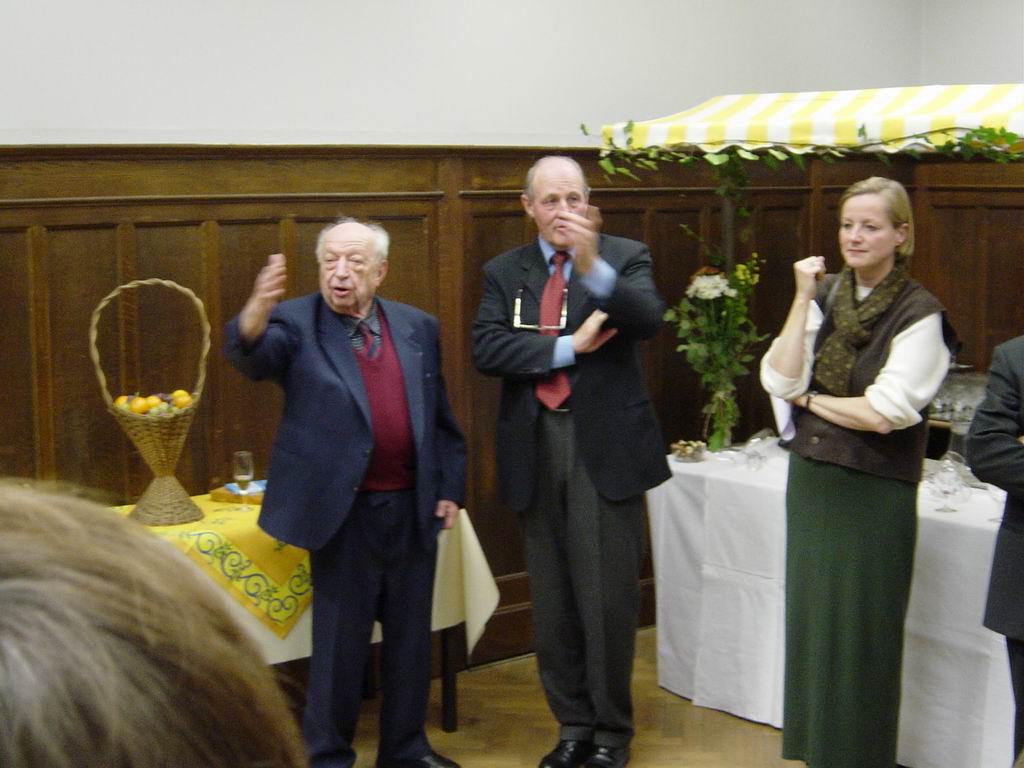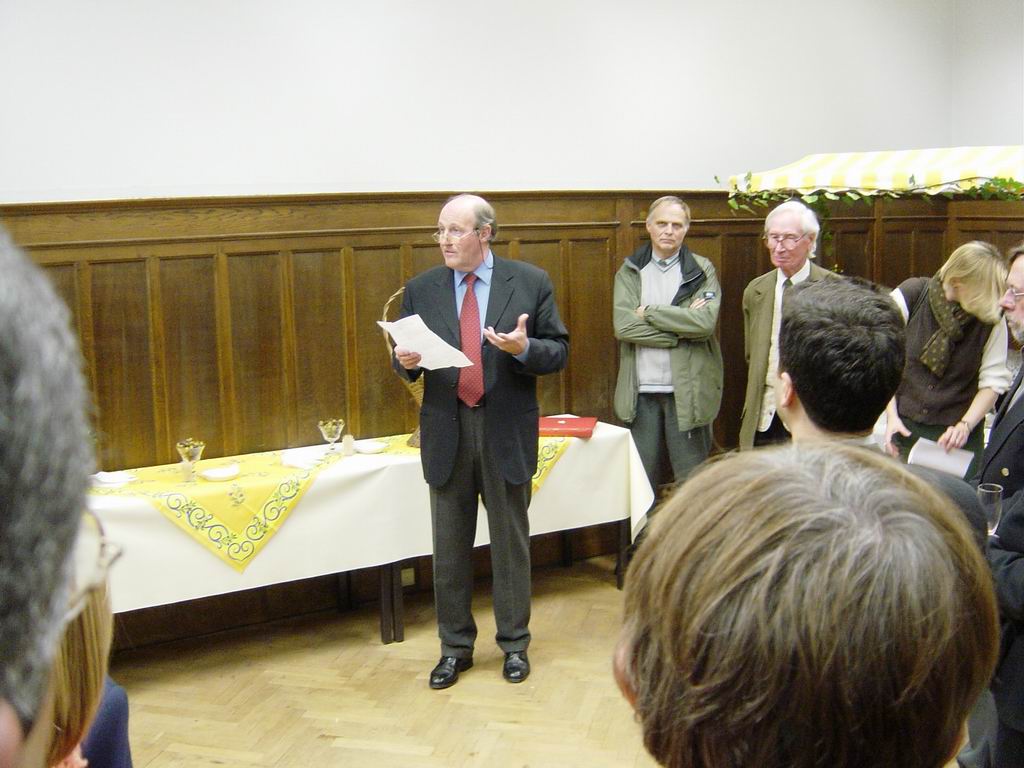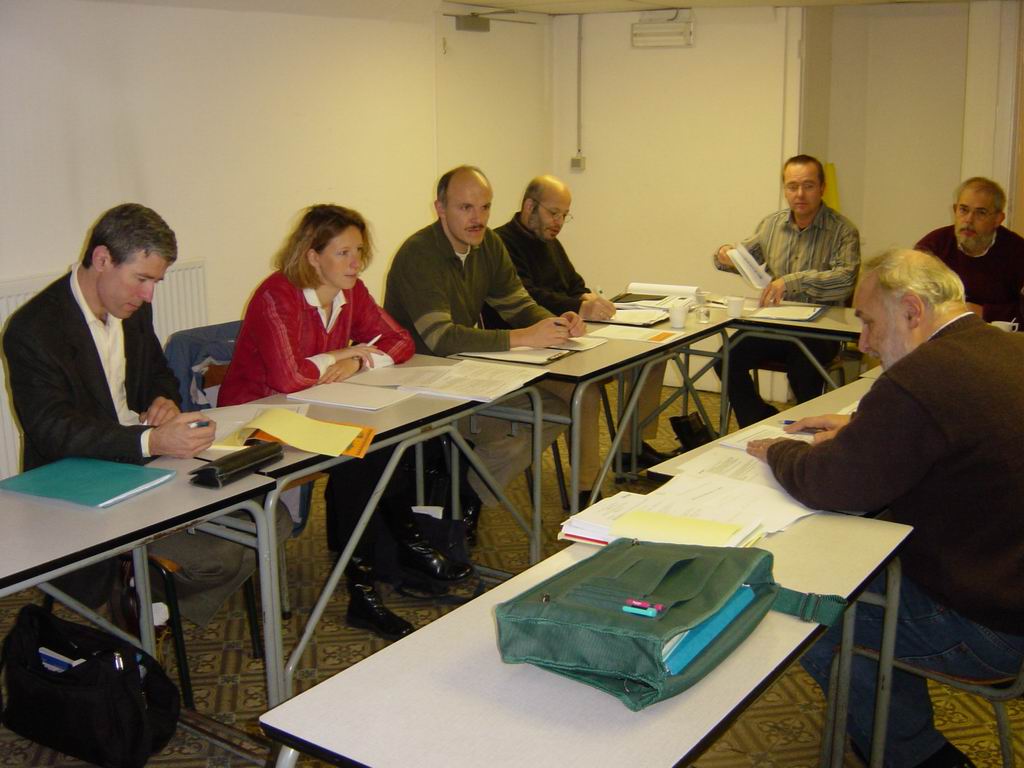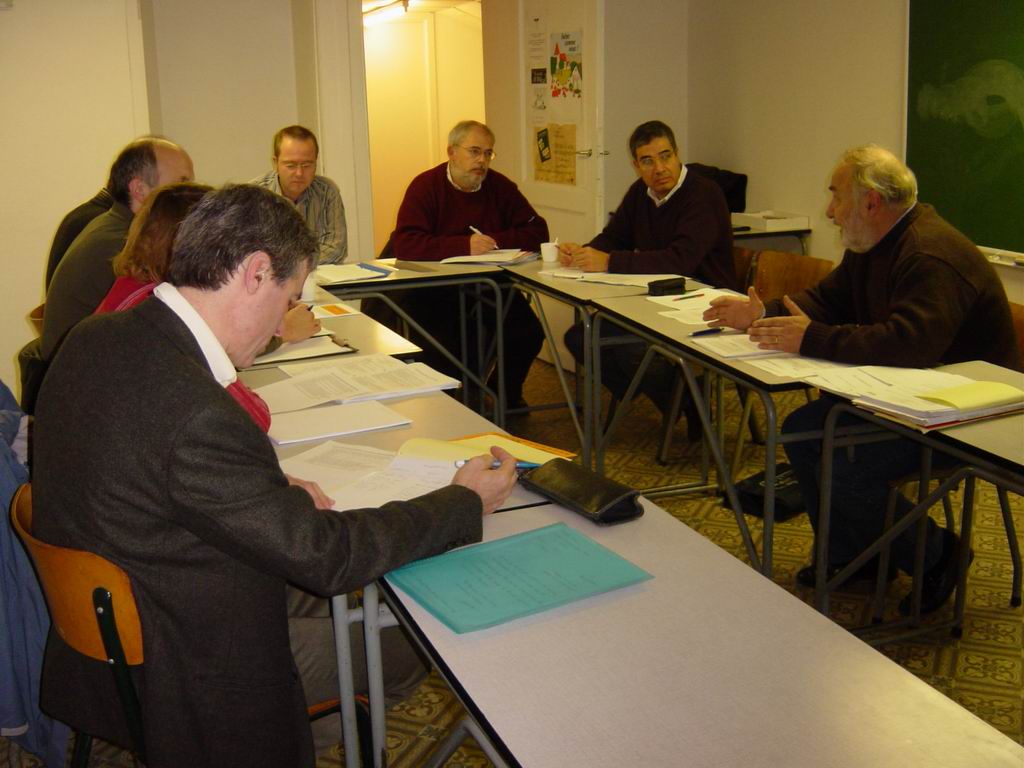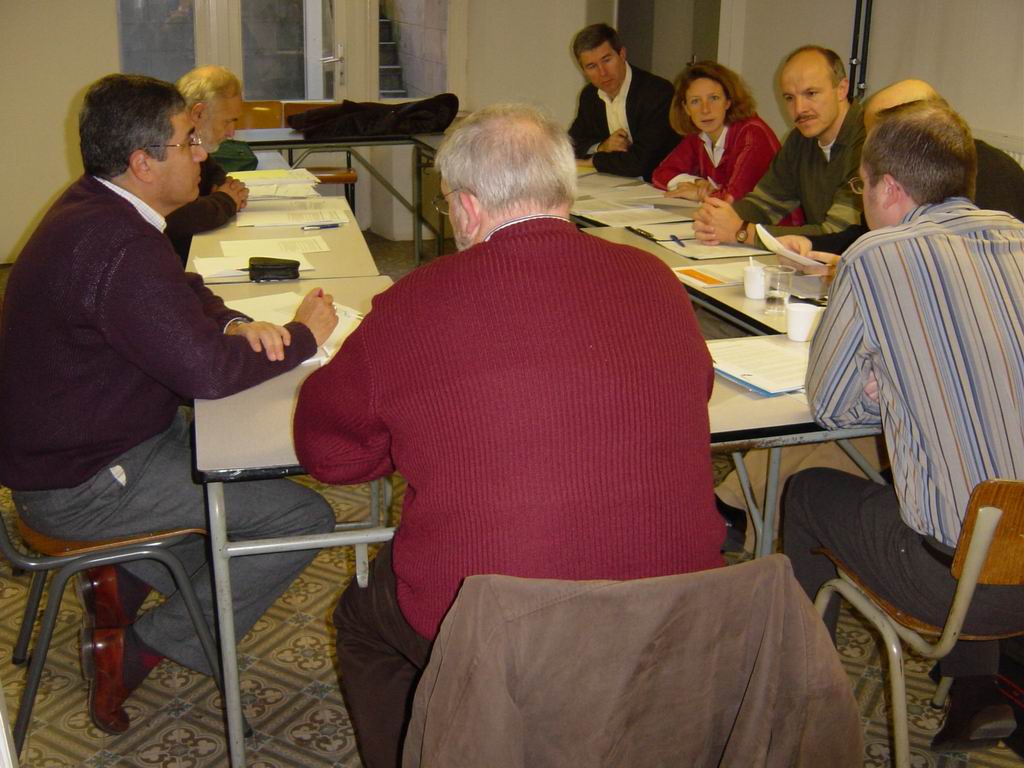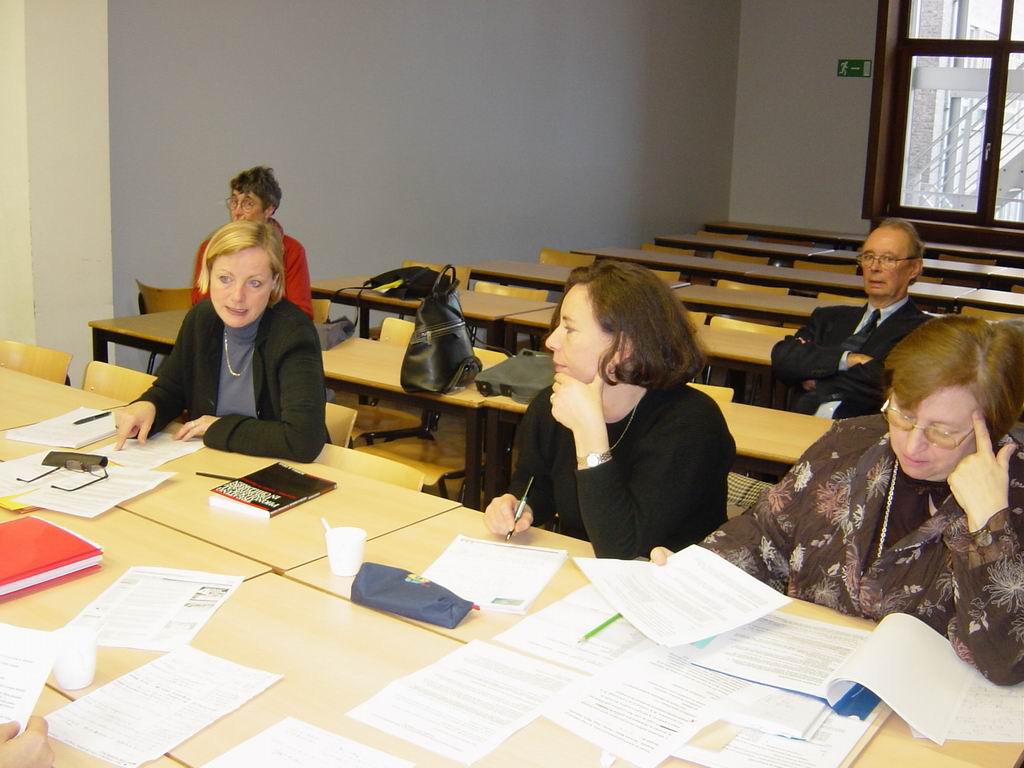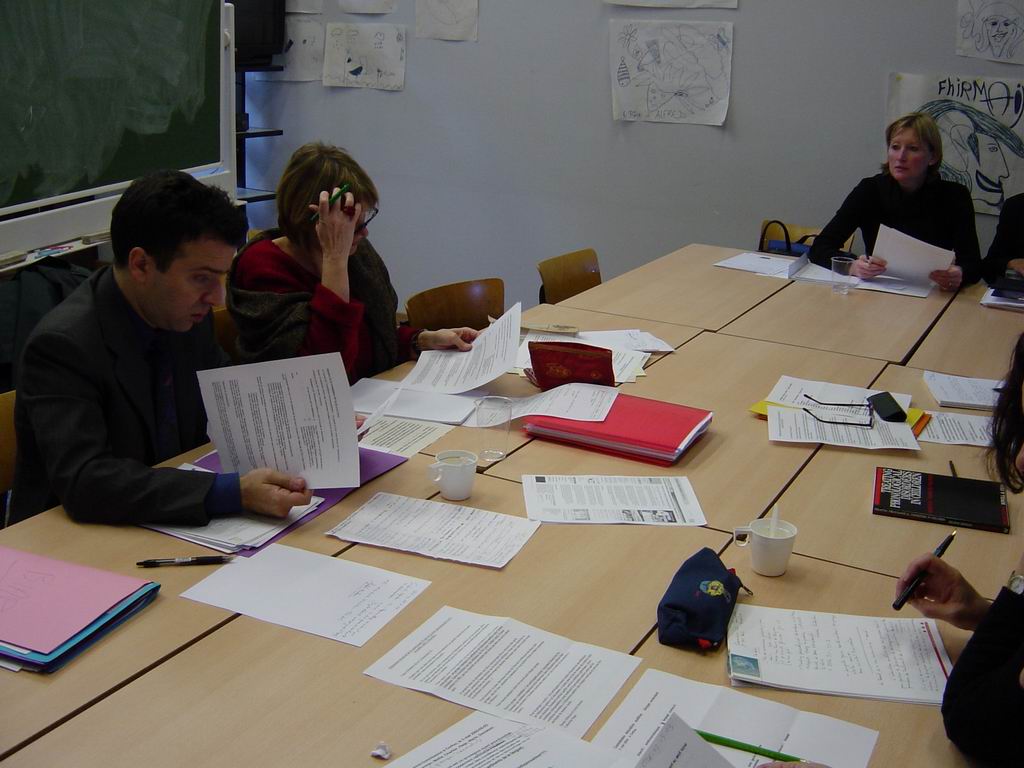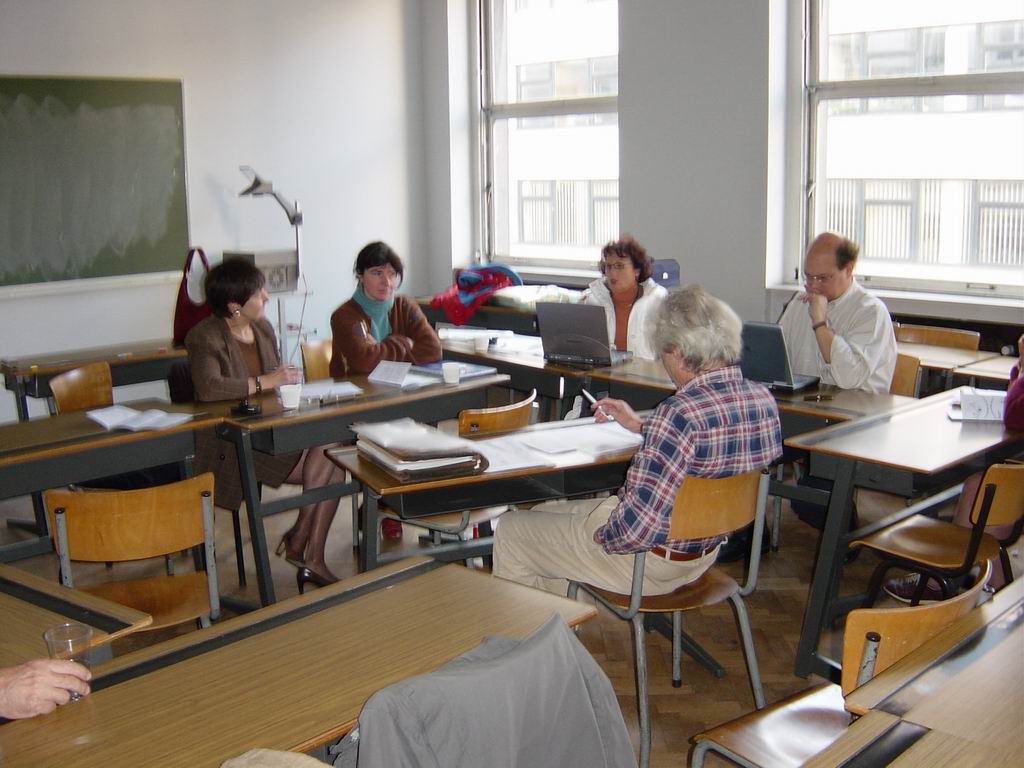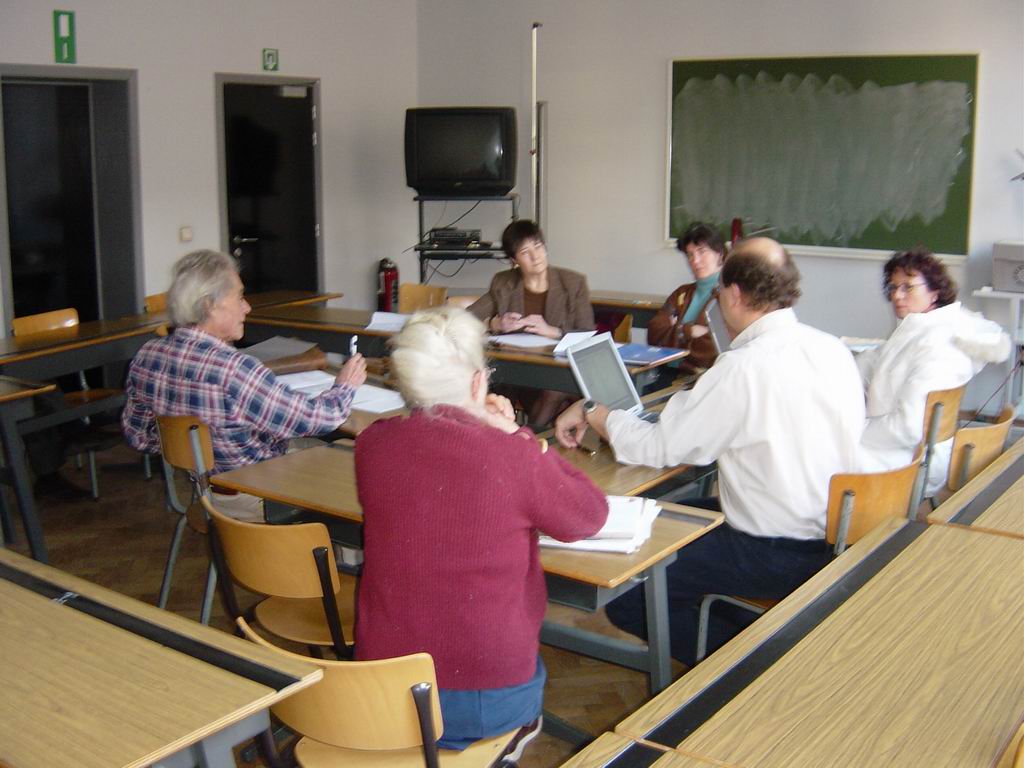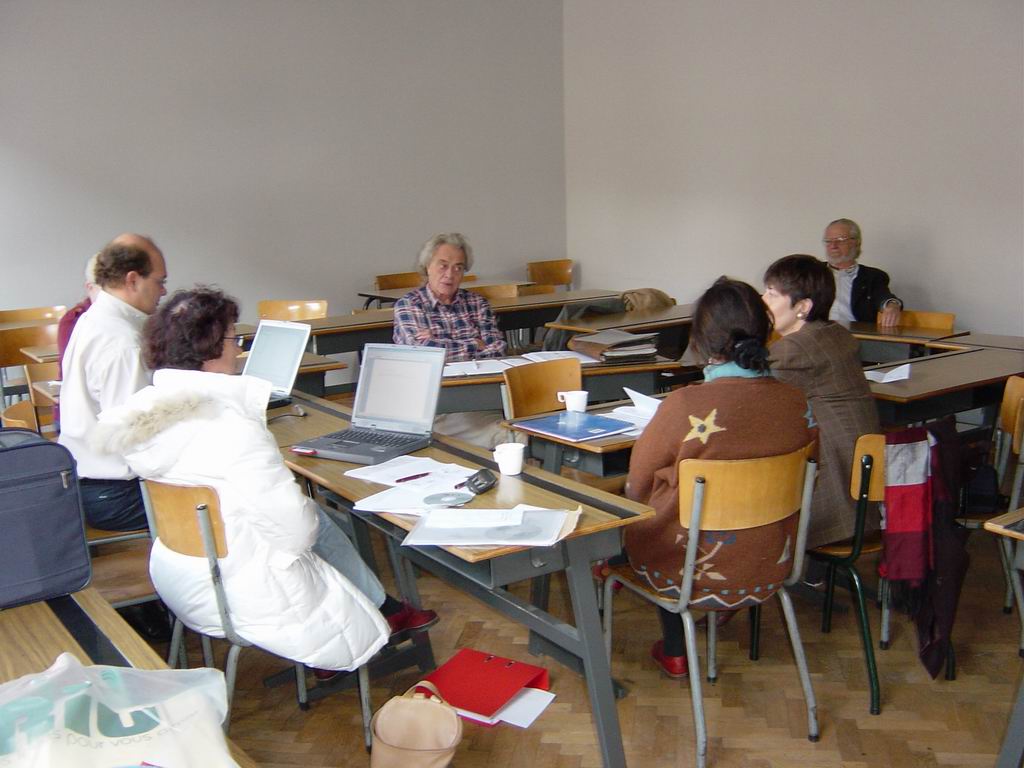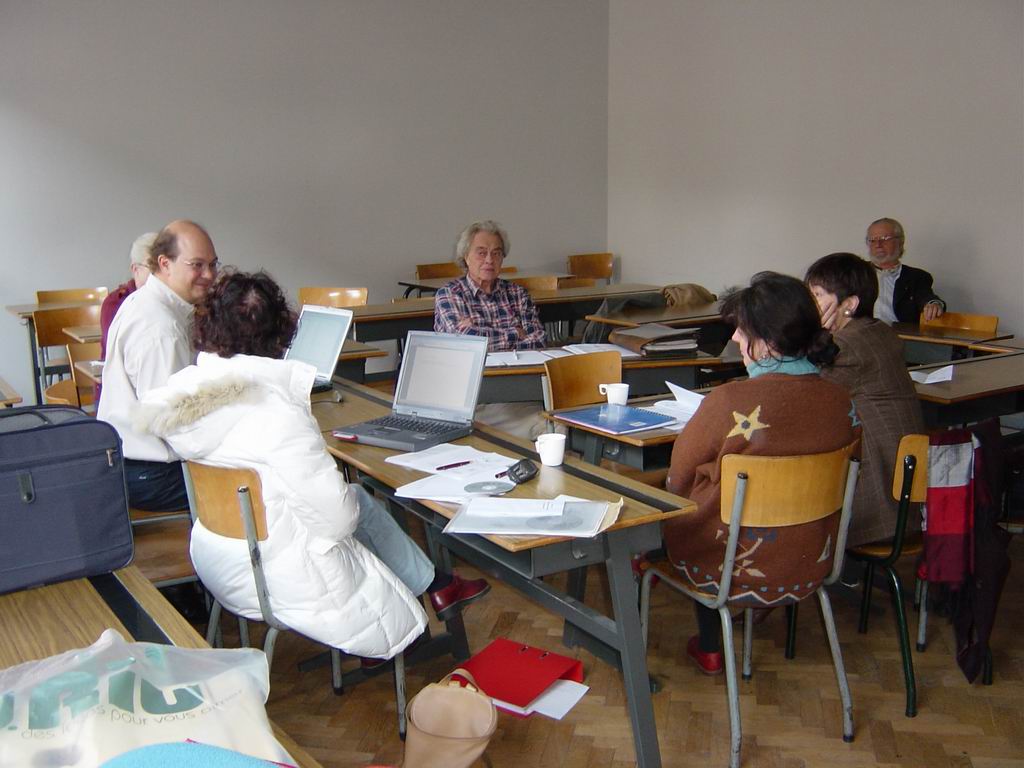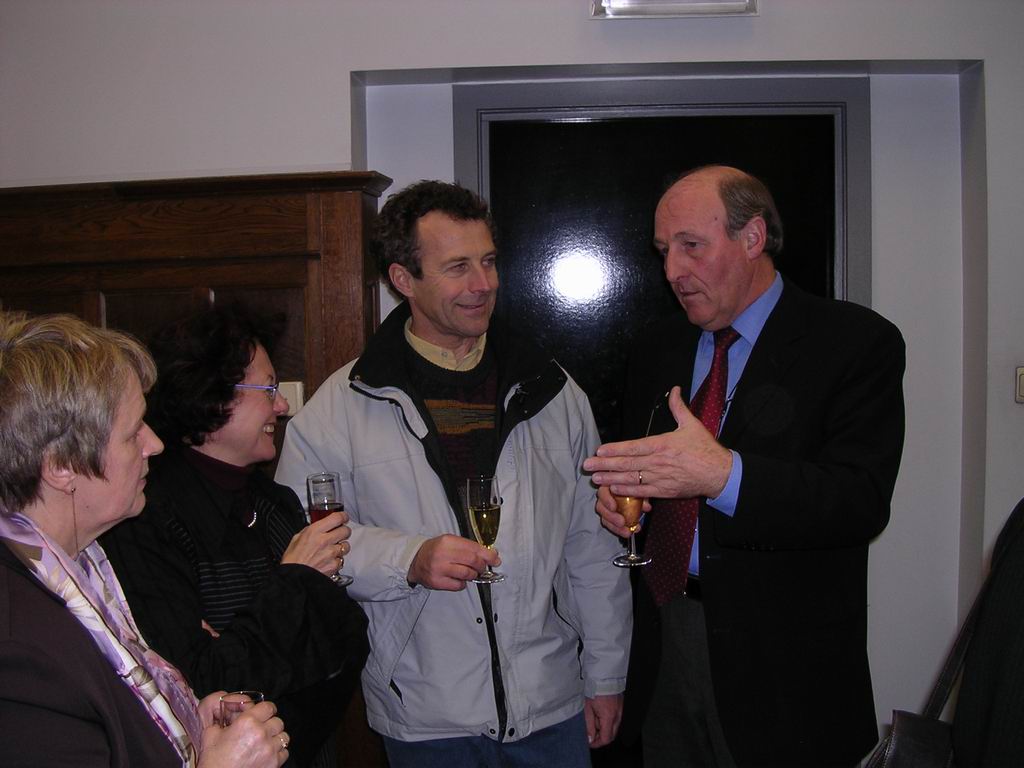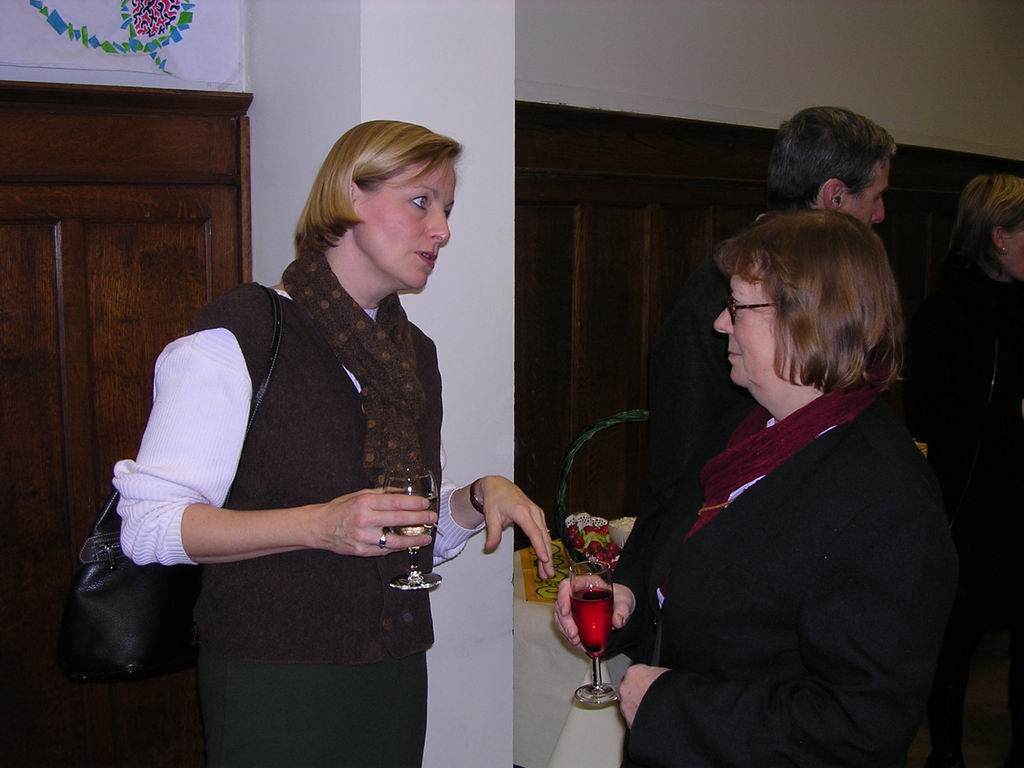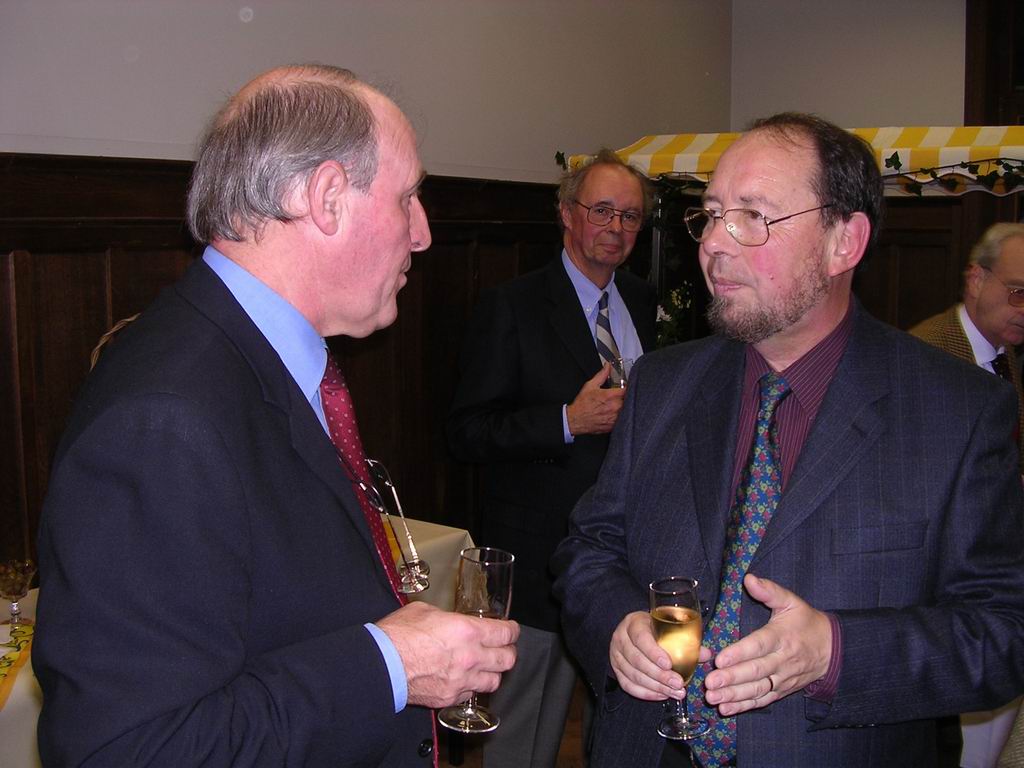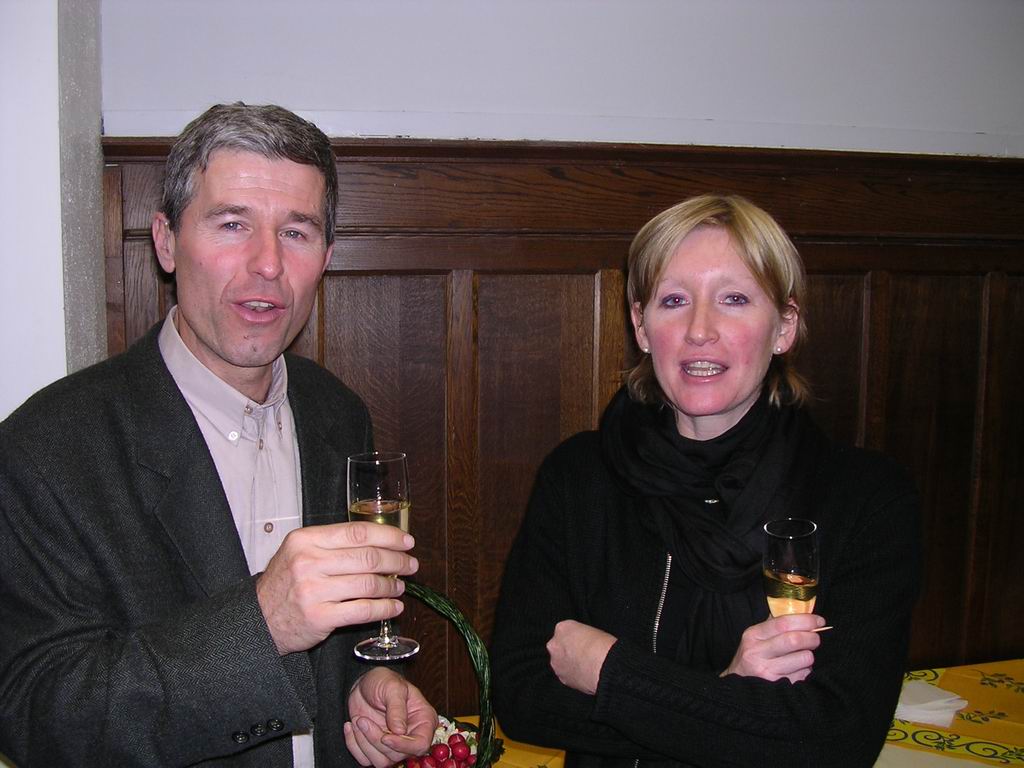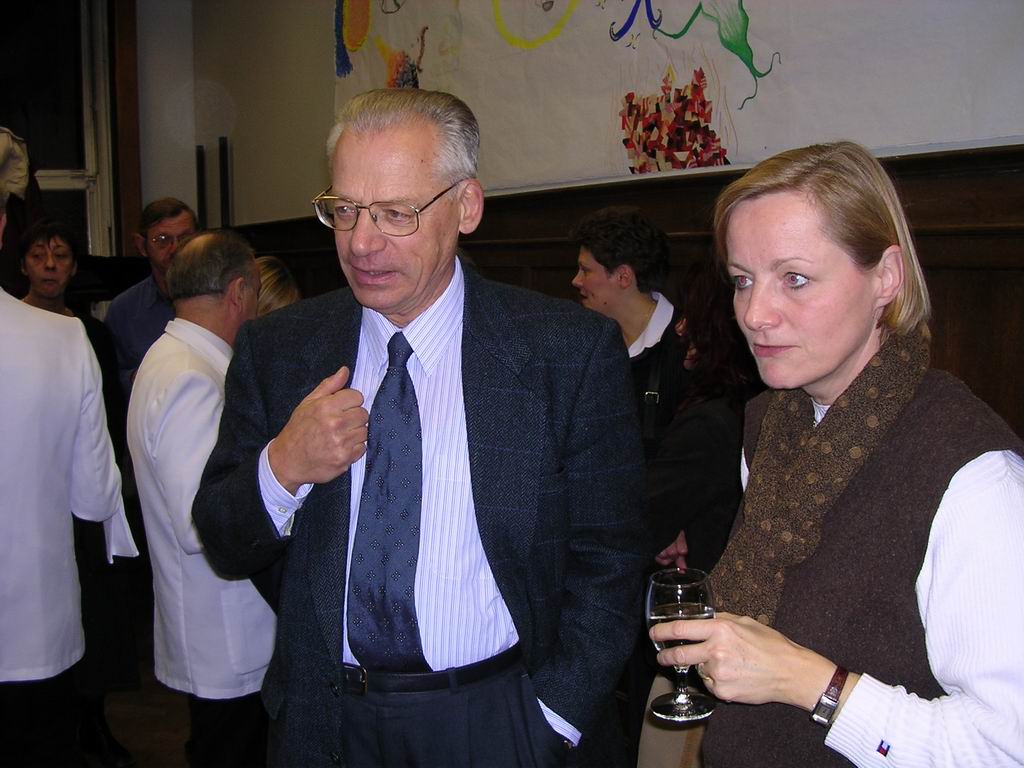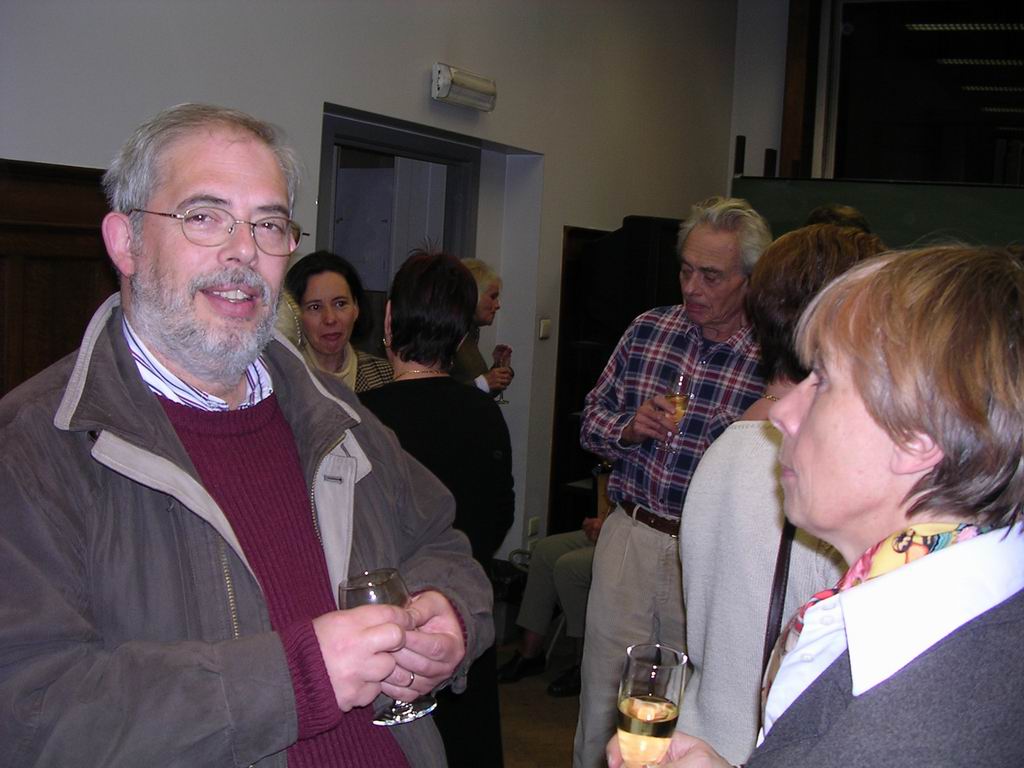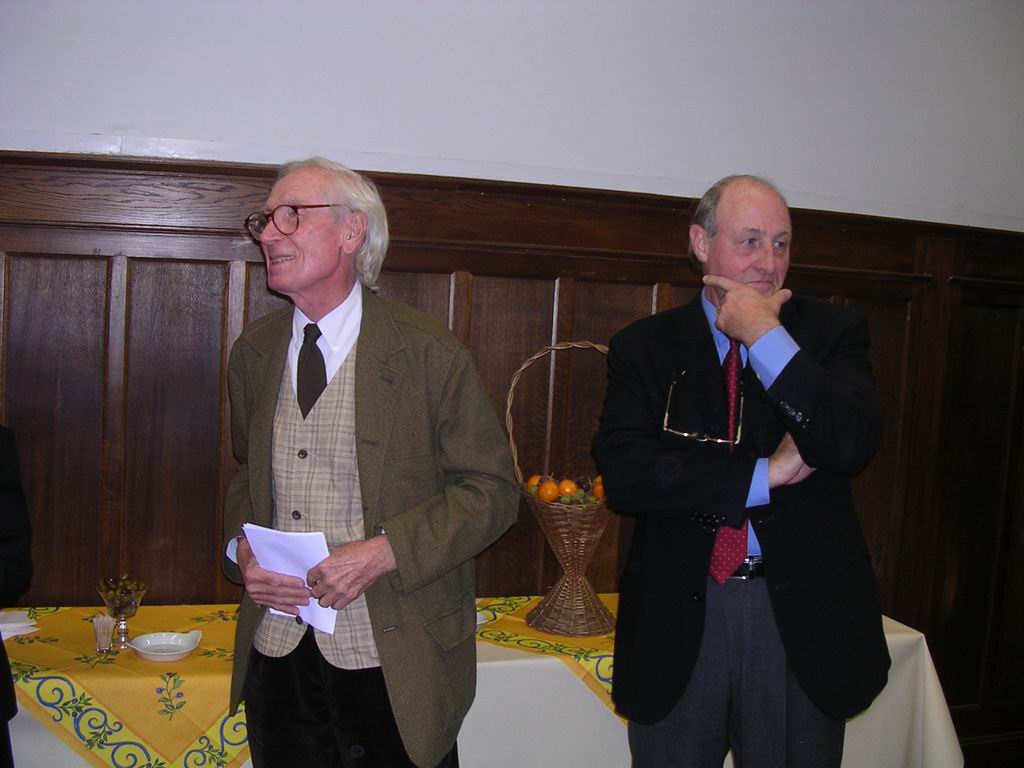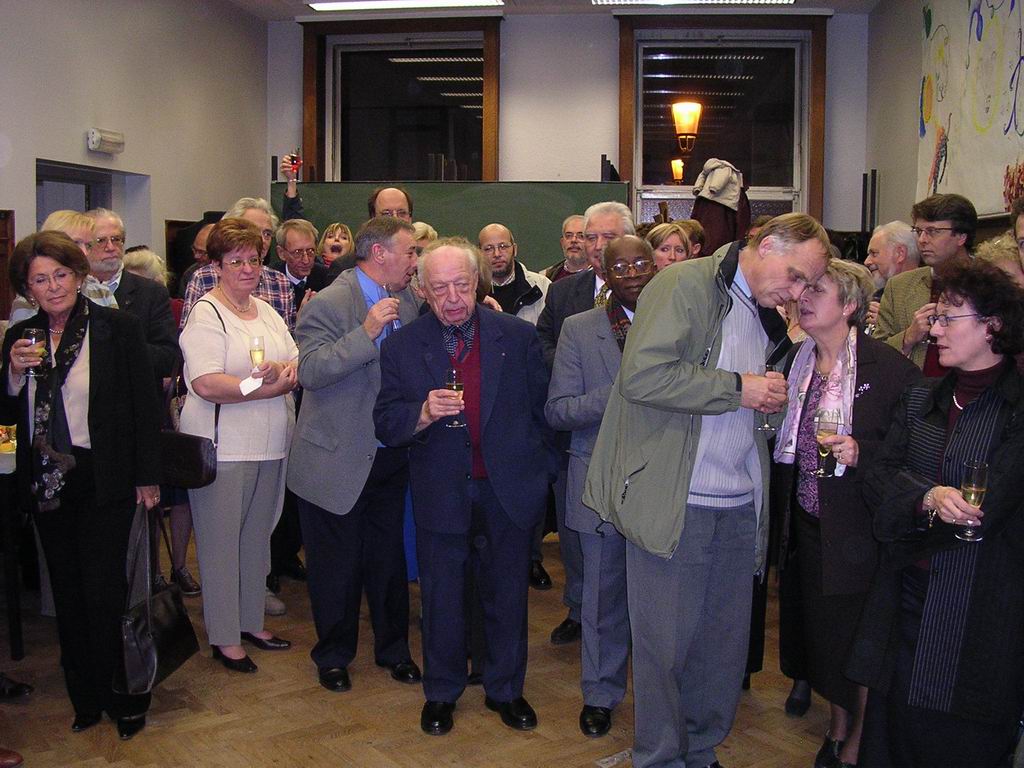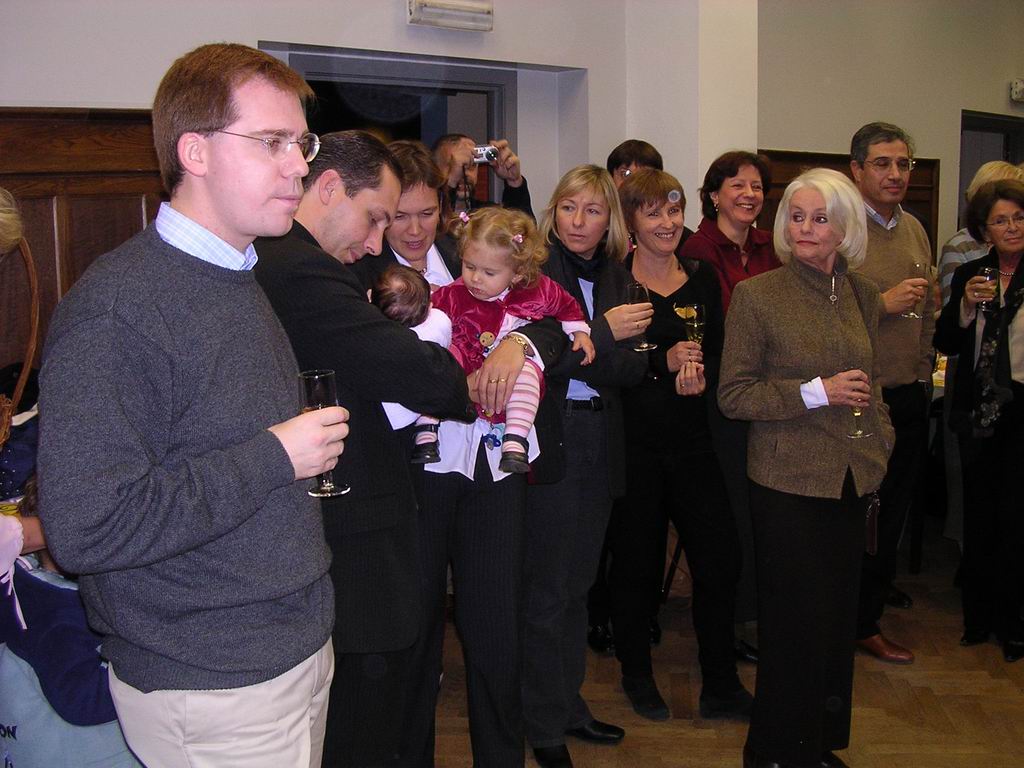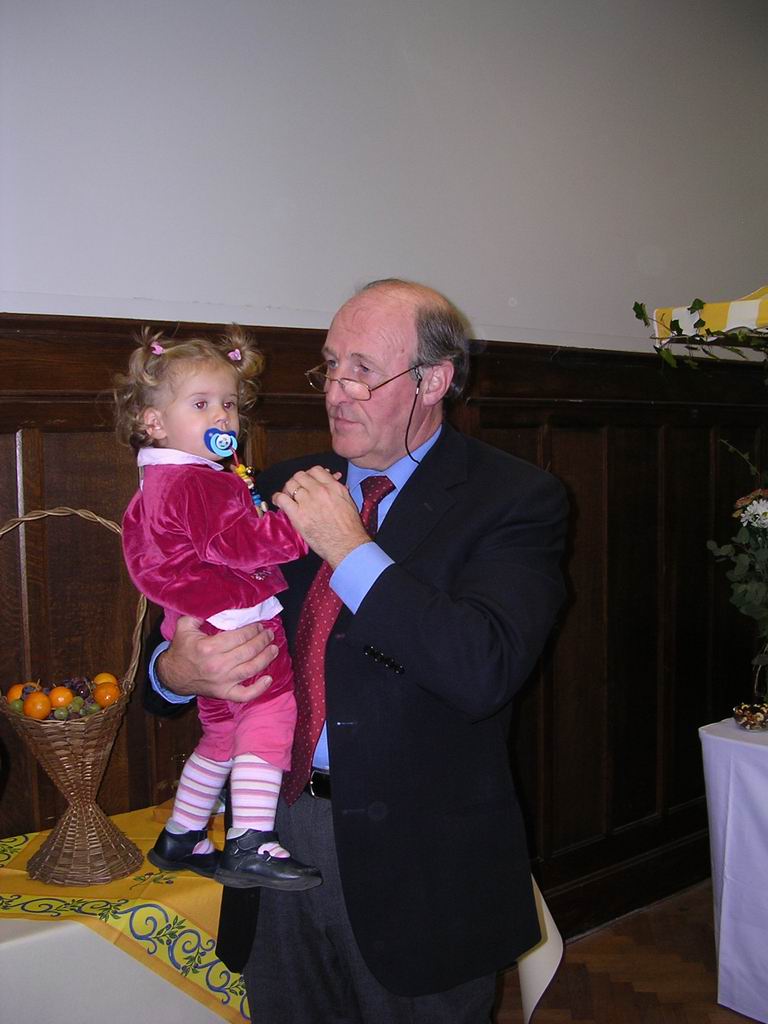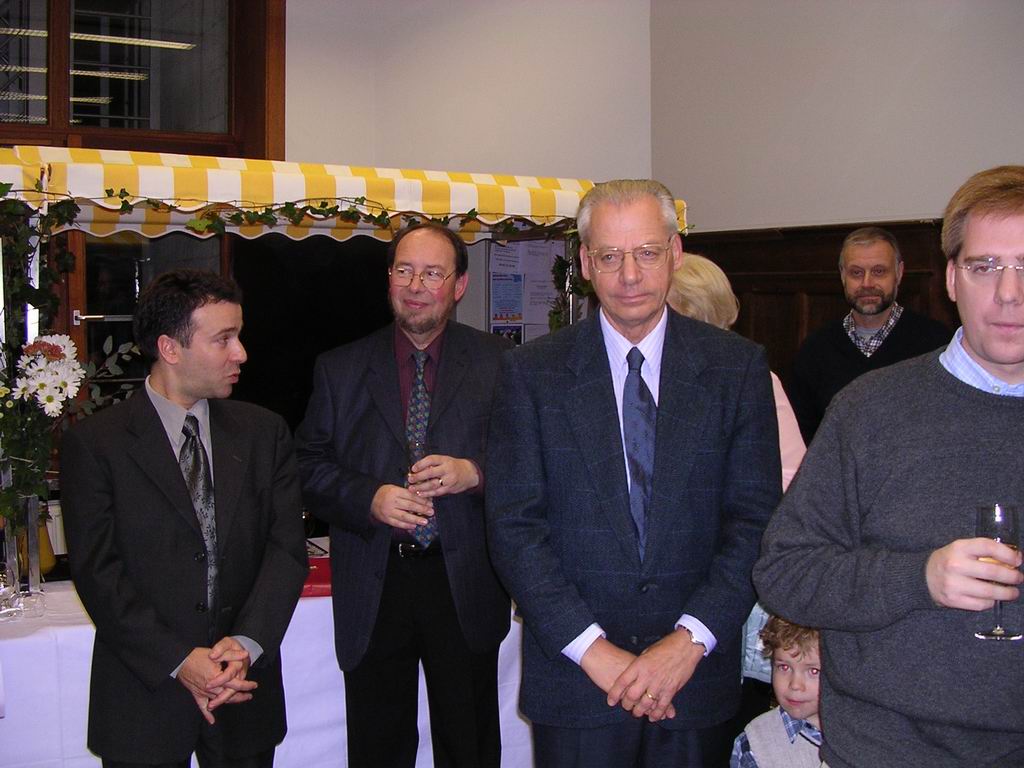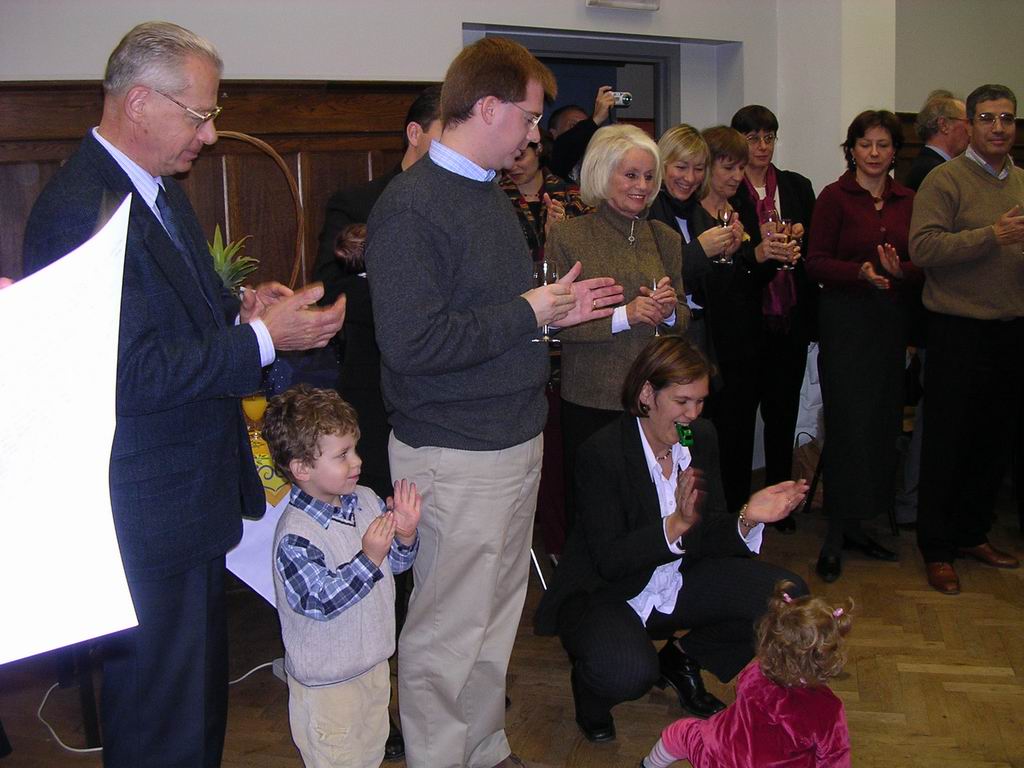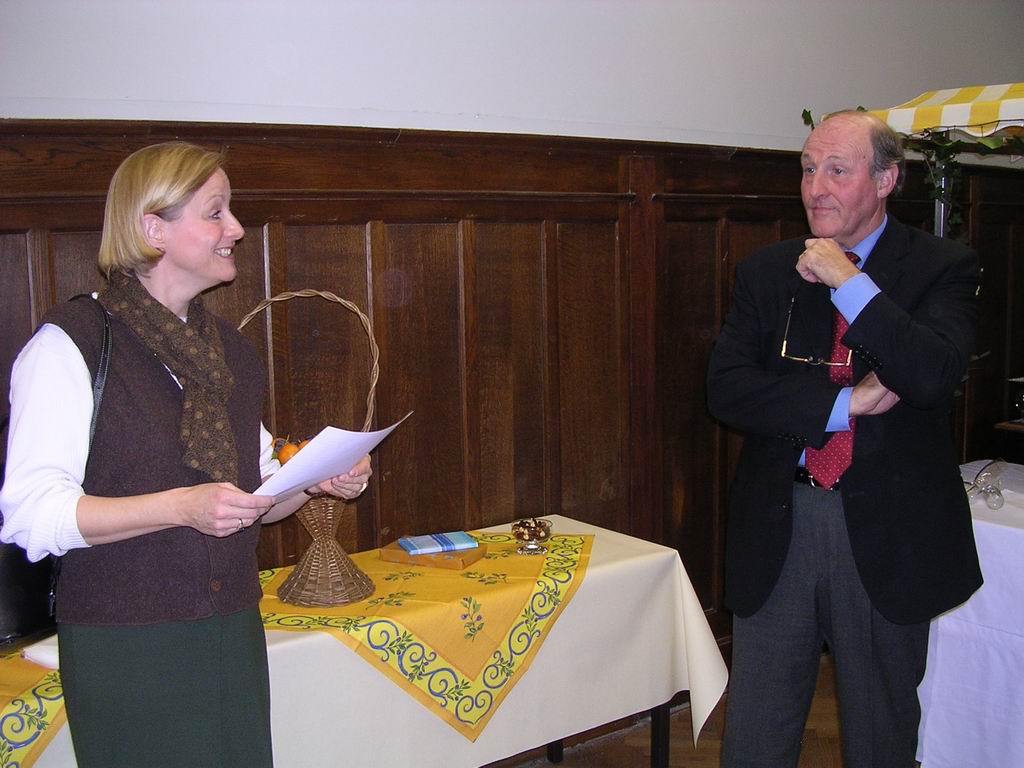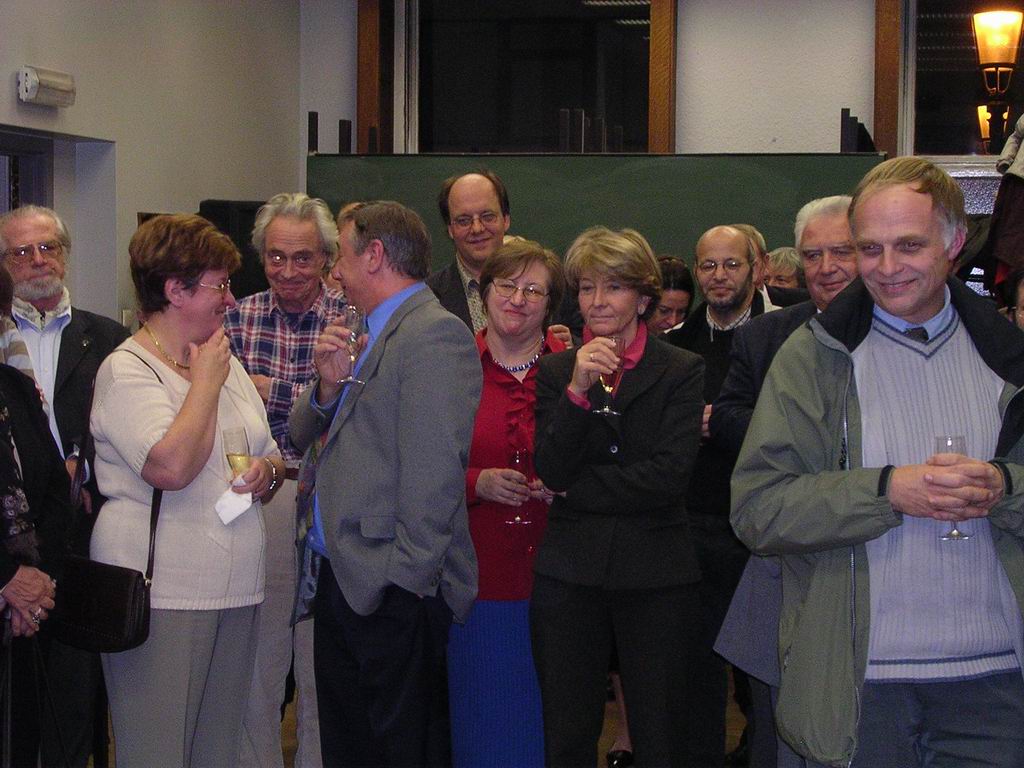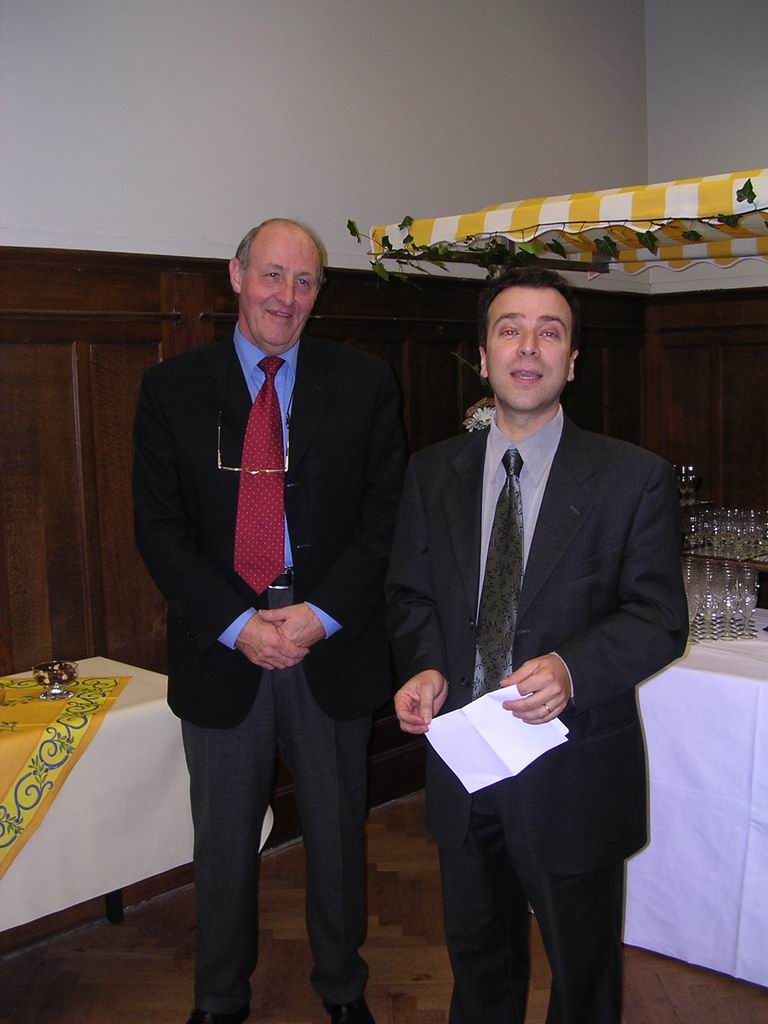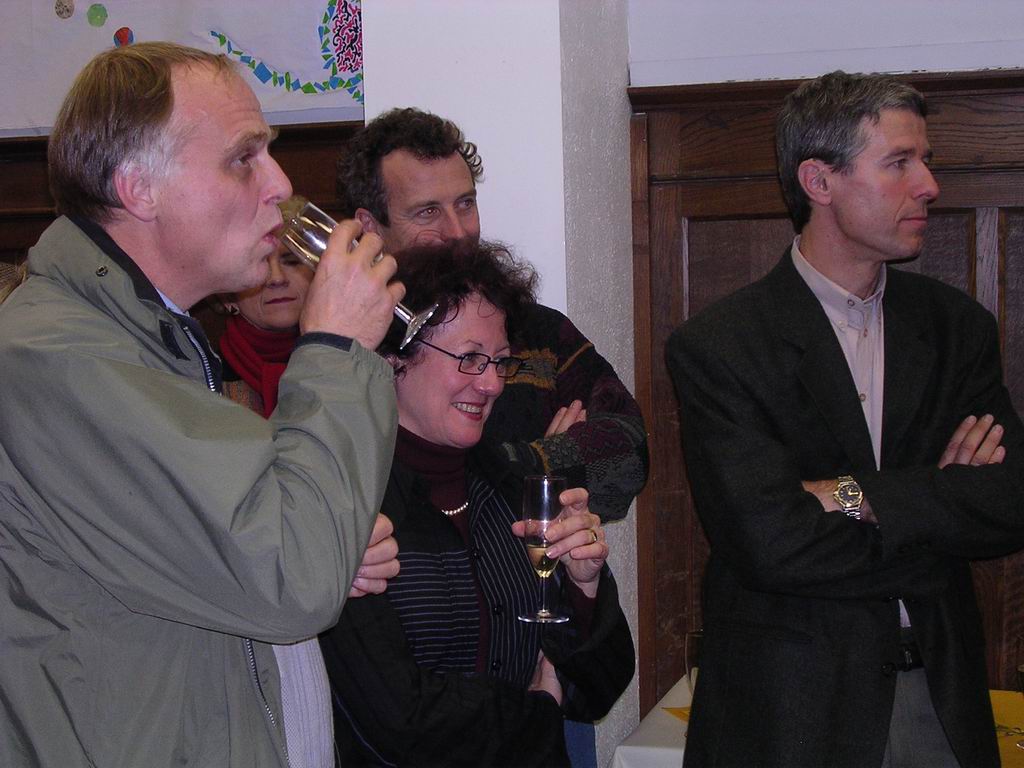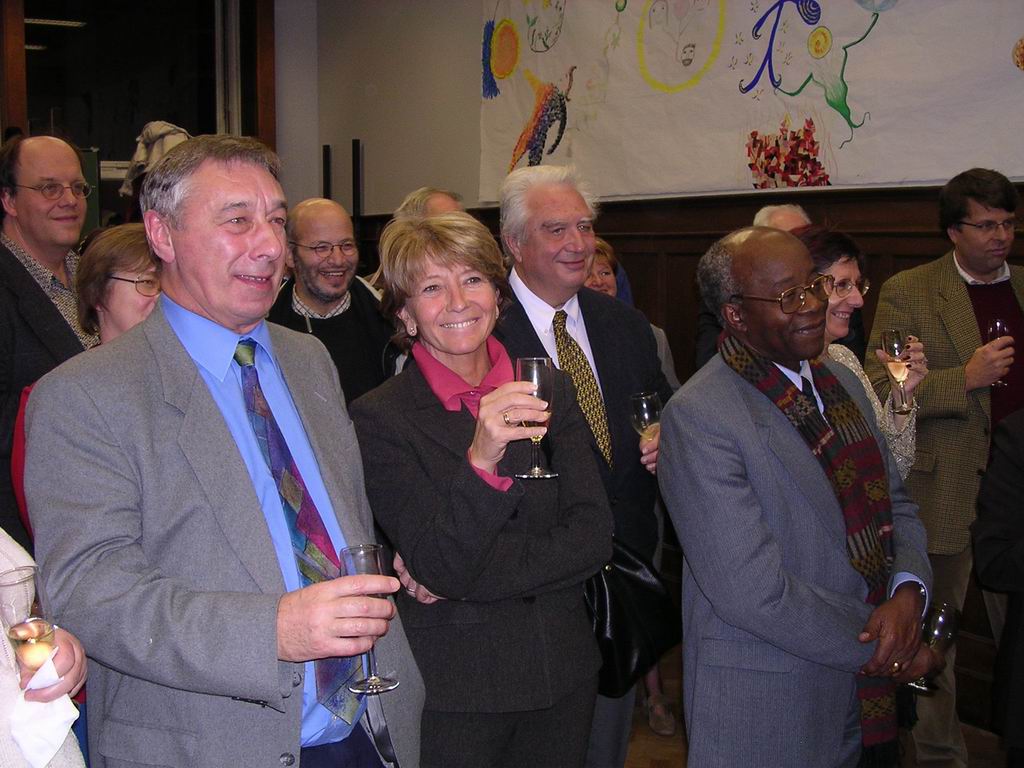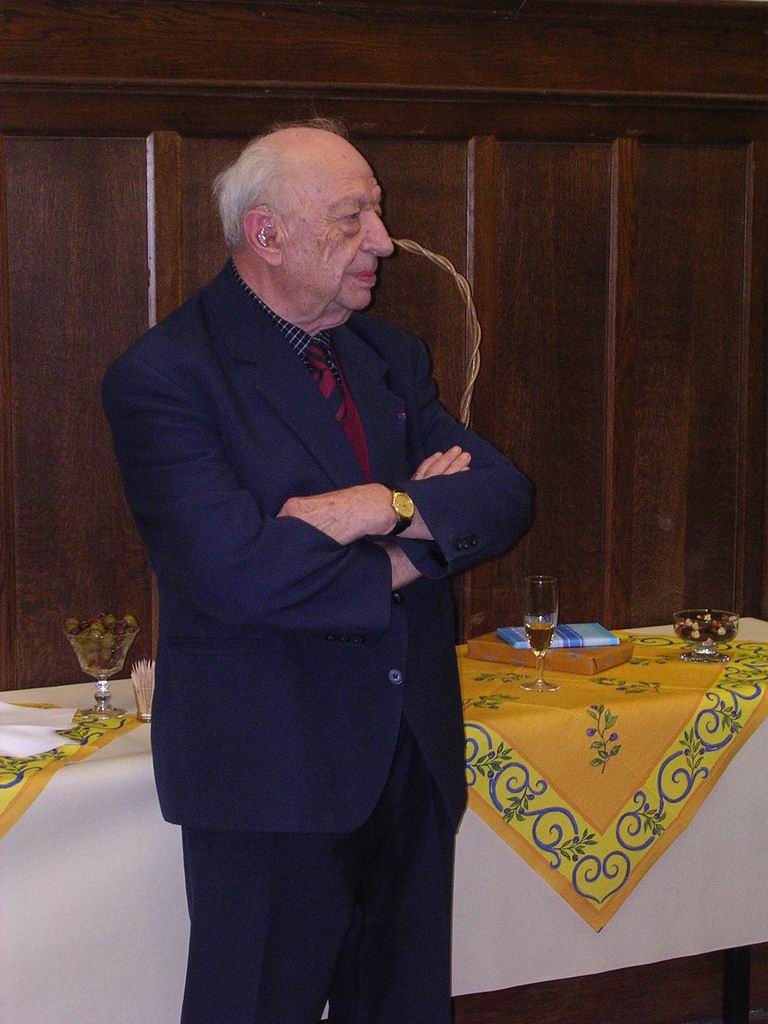Recommendation 29/2 : Tinnitus and Hyperacusis- therapeutic procedures
Introduction
In industrialised European countries 20% of the population report occasional tinnitus, 4% seek further diagnosis and 1-2% are affected by their tinnitus and/or hyperacusis to such an extent that it has a severe effect on their quality of life, and treatment is required.
The causes of tinnitus and hyperacusis are various and in most cases the real etiopathology is still unknown. Recommendation 29-1 outlines the diagnostic procedures, this recommendation focuses on tinnitus therapy which especially in severe cases should include a multidisciplinary approach. All professionals involved require a thorough understanding of tinnitus, its possible causes and especially the various effects on the lives of patients who suffer from it. A specialised multidisciplinary workgroup should consist of at least an ENT, a psychologist and an audiologist / audioprothesist with a comprehensive concept of diagnosis and therapy.
The following recommendation will outline some of the basic principles of a therapeutic concept for tinnitus.
Therapeutic procedures
(for definitions and classification of tinnitus see Recom. 29-1)
The therapeutic procedures are based when ever possible on the cause of the tinnitus and will take into account its duration, frequency of its occurrence and severity.
As far as the "objective" tinnitus is concerned the most relevant aim of therapy is locating the exact origin and if possible it`s elimination.
Concerning the "subjective" noises the amount of annoyance will determine the therapy. Also a distinction between acute, subacute and chronic tinnitus is helpful.
Even if the therapy of acute tinnitus still aims to eliminate or at least substantially decrease its loudness, this is only rarely achieved in chronic tinnitus. This factor needs to be discussed with the patient during counselling. Counselling will also include the determination of tinnitus enhancing sources and the therapeutic options of finding a way of long-term integration of the tinnitus.
Every patient will need to develop very individual techniques to handle his/her tinnitus. This may include an enrichment of the daily environment with additional sounds (music, radio, small water-fountain …...). The use of additional sounds especially in otherwise quiete situations will mask part of the tinnitus and will provide an acoustic distraction for the patients from his/her tinnitus.
Quite often the doctor's explanations and reassuring test results will help to overcome the patient's fearful attitude. This may already lead to an acceptance of the tinnitus without requiring any further therapy.
1.1 acute tinnitus (with or without an acute hearing loss)
With "acute" tinnitus an early therapeutic intervention is required and the diagnostic procedures will mostly run parallel to the therapy. Therapy should start within the first days after occurrence of tinnitus following the doctor`s consultation.
The following medical and pharmaceutical methods are examples of a variety of options used in different European countries. Some methods have been widely used for many years and one should keep in mind that all of them are still lacking a final scientific confirmation of their effectiveness.
- rheological infusions with plasmaexpander and vasodilator
- Procaintherapy with increasing dosages
- Corticotherapy , beginning with high dosage, then rapidly decreasing
- Carbonic gas
- hyperbaric oxygentherapy
- manual examination and treatment of the neck
- dental treatment, treatment of the mandibular joint and maxiofacial treatment
The above mentioned methods must be proposed with caution as a success is unpredictable. They should be accompanied by a counselling concept that covers at least some basic aspects of tinnitus and addresses its psychological effects.
1.2. subacute tinnitus
Apart from the above mentioned medical options for the therapy of acute tinnitus, in the phase of subacute tinnitus also some "alternative" therapy methods might be used, e.g. neuraltherapy, acupuncture ..... . In any case the patient needs to be informed that the chances for a causal treatment of the tinnitus decrease the longer the tinnitus prevails and that the success rates of "alternative" therapies are slim. An open discussion of the probability of coming to terms and developing personal coping strategies will be necessary.
Struggling with the effects of the tinnitus on their daily lives, many patients may build up an increasing amount of fears often about a variety of other possible health disorders. These patients require a caring and distinct explanation of the nature of their tinnitus and its related problems. This includes information about ways of avoiding noise exposure and tinnitis triggering situations.
Tinnitus counselling will help the patient to find ways of coping with the tinnitus in everyday life.
Psychotherapy as part of the counselling process can be supported e.g. by use of relaxation methods, progressive muscle relaxation (Jacobsen), biofeedback, autogenic training, hypnotherapy ...).
Further helpful approaches are:
- the fitting of hearing aids in cases of confirmed, also one sided hearing loss.
- the fitting of tinnitus-maskers, in cases of confirmed maskability or of noise-instruments as part of the "retraining therapy".
1.3. Chronic tinnitus
1.3.1. compensated chronic tinnitus
In compensated tinnitus therapy the prescription of medication is not justified and an existing medication should be re-evaluated. In this stage it is anticipated that the patient had adapted to tinnitus. But some reassuring counselling might be still helpful.
1.3.2 decompensated, chronic complex tinnitus
Based on a completed etiological diagnosis the patient should be counselled in regard to further coping with tinnitus and it should be emphasised that a pharmaceutical or surgical treatment is not possible. The emphasis will shift from medical treatment to professional caring. Guideline for both patient and doctor is therefore the gradual habituation to the tinnitus and subsequent integration into daily life. It should be prevented that the patient falls into despair and resigning to an endless chain of dubious ”treatments”.
Therefore the patient needs a confidential relationship with his/her doctor and/or therapeutic team. This will include any advice about helpful alternatives and new therapies based on actual scientific knowledge.
Here also counselling and care of the patient prevail, yet the patient needs to be guided more intensely through his tinnitus and therapeutical helplessness. The aim is to encourage the patient to work personally for his way of integration of his tinnitus, to manage habituation and adopt his own responsibility.
In this stage psychotherapy should be an essential part of the treatment although in some cases it is useful to name it differently. Apart from methods used in compensated chronic tinnitus the following approaches might provide additional help:
- fitting of a hearing aid and/or sound-generator (distraction)
- habituation training in tinnitus coping groups and relaxation methods.
- tinnitus retraining therapy (see annexe)
- sleep hygiene, hygiene of life (less coffee, smoking, alcohol) and in many cases a reorganisation of life (daily routine, life perspectives …)
- pharmaceutical therapy is only acceptable as part of a multimodal therapy concept, it may include: psychotropic medication, medication supporting fear compensation (e.g. tranquilliser) or antidepression medication
Many patients will need an extensive structured and standardised therapy. This can be done either in qualified outpatient clinics or specialised hospitals. Single and group therapies can be combined.
Miscellaneous therapies with no tested effectiveness should be rejected.
The more severe the tinnitus annoyance the more an clinical treatment and therapy should be preferred.
Aim of the therapy is the reduction of annoyance combined with rehabilitation into daily professional and private life, a shifting from decompensated to a compensated tinnitus.
Further guidelines are available through self help groups. (e.g. Germany: Deutsche Tinnitus Liga, Belgique Acouphene, Vlamse Tinnitus Vlati, France Acouphene, .... )
2. Hyperacusis
Persisting hyperacusis can enhance the suffering from tinnitus significantly and with some patients hyperacusis is their main complaint. With hyperacusis masking effort can be extremely difficult or even counterproductive. Some patients with severe hyperacusis also suffer a deep disruption of their social live/activities in their search for a quiet environment.
Like in the therapy of the decompensated tinnitus most of the patient need to be guided intensely through their hyperacusis experience.
Goals for the counselling process and a therapy are:
- increasing the detection thresholds for specific sounds and noises
- fostering the filtering processes in hearing, including improvements in the ability to differentiate between signal and noise and improvements in the recognition of acoustic patterns under noisy conditions
- changing the threatening meaning of certain noises or certain noisy situations
- learning that the acoustic environment can be influenced
- reintegration as far as possible in the regular social communication relations
The therapeutic procedures that could be considered may be:
Psychological:
- intensive counselling
- stress management
- relaxation methods
- ”classic” psychotherapeutic approaches, like: behavioural therapy, cognitive therapy, hypnotherapy
- principals of retraining therapy (see annexe)
Technically:
- a step by step sound re-enrichment of the patients daily life using natural sound and noises
- a targeted use of non-linear hearing aids and / or noise producing instruments
In severe cases a complete restructuring of the patients daily private and professional life may prove to be necessary.
Some patients with hyperacusis are also affected by the psychic disorder of ”phonophobia”, defined as a anxiety towards the occurrence of a specific sound or noise and less an overall oversensitivity to noise. The treatment of this disorder is psychotherapeutic but may include most of the above mentioned procedures.
3. Summary
A satisfying or even successful therapy of tinnitus and/or hyperacusis can still not be guaranteed and a ”wonder-therapy” does not yet exist. But with the above mentioned approaches a substantial reduction of the suffering from tinnitus and/or hyperacusis can be achieved, if the services are provided by a tinnitus experienced and specially trained team of professionals including an ENT-specialist, a psychotherapist and an audiologist/audioprothesist. So most tinnitus patients learn to find their way back into their day to day private and professional routines. A neglecting or therapy denying attitude on the side of the professionals is no longer appropriate and neither scientifically nor ethically justified. Patients suffering from tinnitus have a right to a medical and psychological evaluation/examination and an evidence based therapeutic approach that includes a counselling concept.
------------------------------------------------------------------------------------------
Literature:
1. Cinamon U, Bendet E, Kronenberg J : Steroids, carbogen or placebo for sudden hearing loss: a prospective double-blind study. Eur Arch Otorhinolaryngol 258, 2001, 477-480
2. Hiller W, Goebel G, Rief W.: Reliability of self-rated tinnitus distress and association with psychological symptom patterns. British Journal of Clinical Psychology, 1994, 231-239
3. Jastreboff P J, Hazell J W P: A neurophysiological approach to tinnitus: Clinical implications. British J Audiology, 1993, 7-17
4. Lamm H.: Der Einfluss der hyperbaren Sauerstofftherapie auf den Tinnitus und den Hörverlust bei akuten und chronischen Innenohrschäden, Otorhinolaryngol Nova 1995; 5:161-169
5. Lenarz T.: Leitlinie Tinnitus der Dt. Ges. f. Hals-Nasen-Ohren-Heilkunde, Kopf- und Hals-Chirugie, Konsensuspapier im Auftrag des Präsidiums. HNO Informationen 2, 40-45, (1999)
6. Lenarz T.: Medikamentöse Tinnitus-Therapie. Thieme, Stuttgart, 1989
7. Michel O, Jahns T, Joost-Enneking M, Neugebauer P, Streppel M, Stennert E: Das antiphlogistisch-rheologische Infusionsschema nach Stennert in der Behandlung von cochleovestibulären Störungen. HNO 48, 2000, 165-169
8. Nelting M, Hyperakusis: Frühzeitig erkennen, aktiv handeln, Thieme, 2003
9. Strutz J : Stellenwert des Stennertschemas in der Hörsturztherapie. HNO 48, 2000, 165-169
10. von Wedel H.: Retraining-Therapie bei subakutem und chronischen Tinnitus, HNO-Informationen 2, 1998, 11-14
- Hits: 47731




